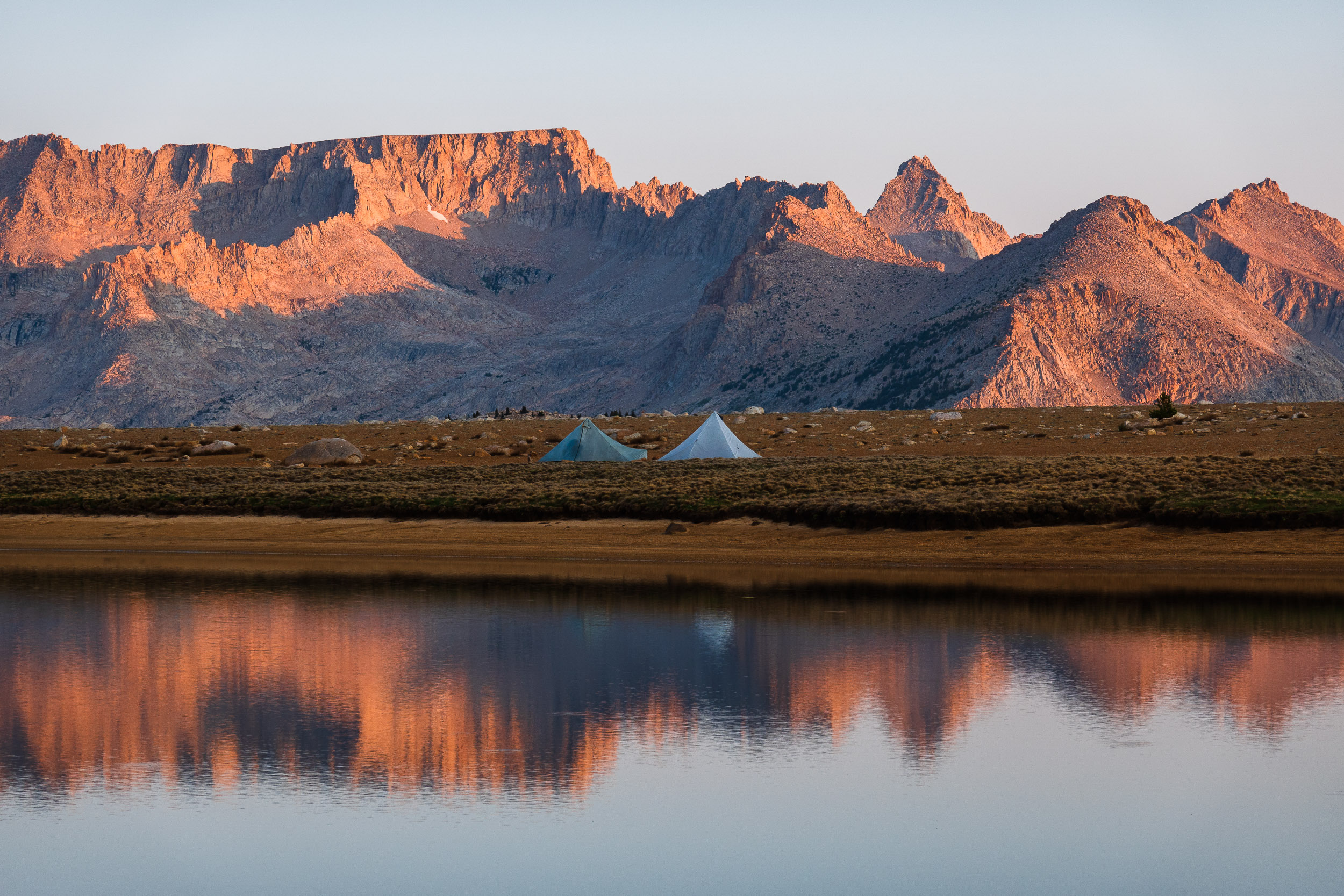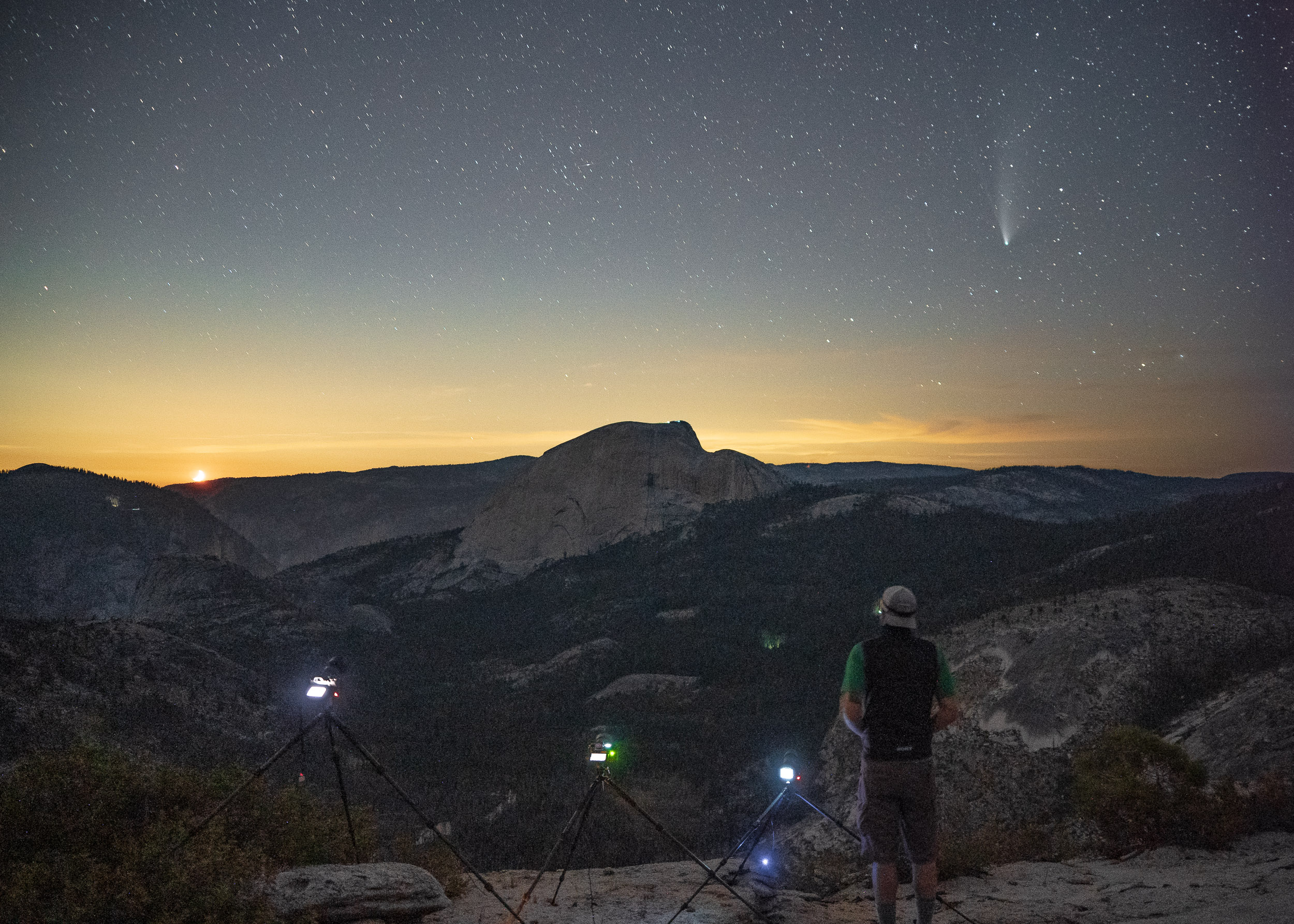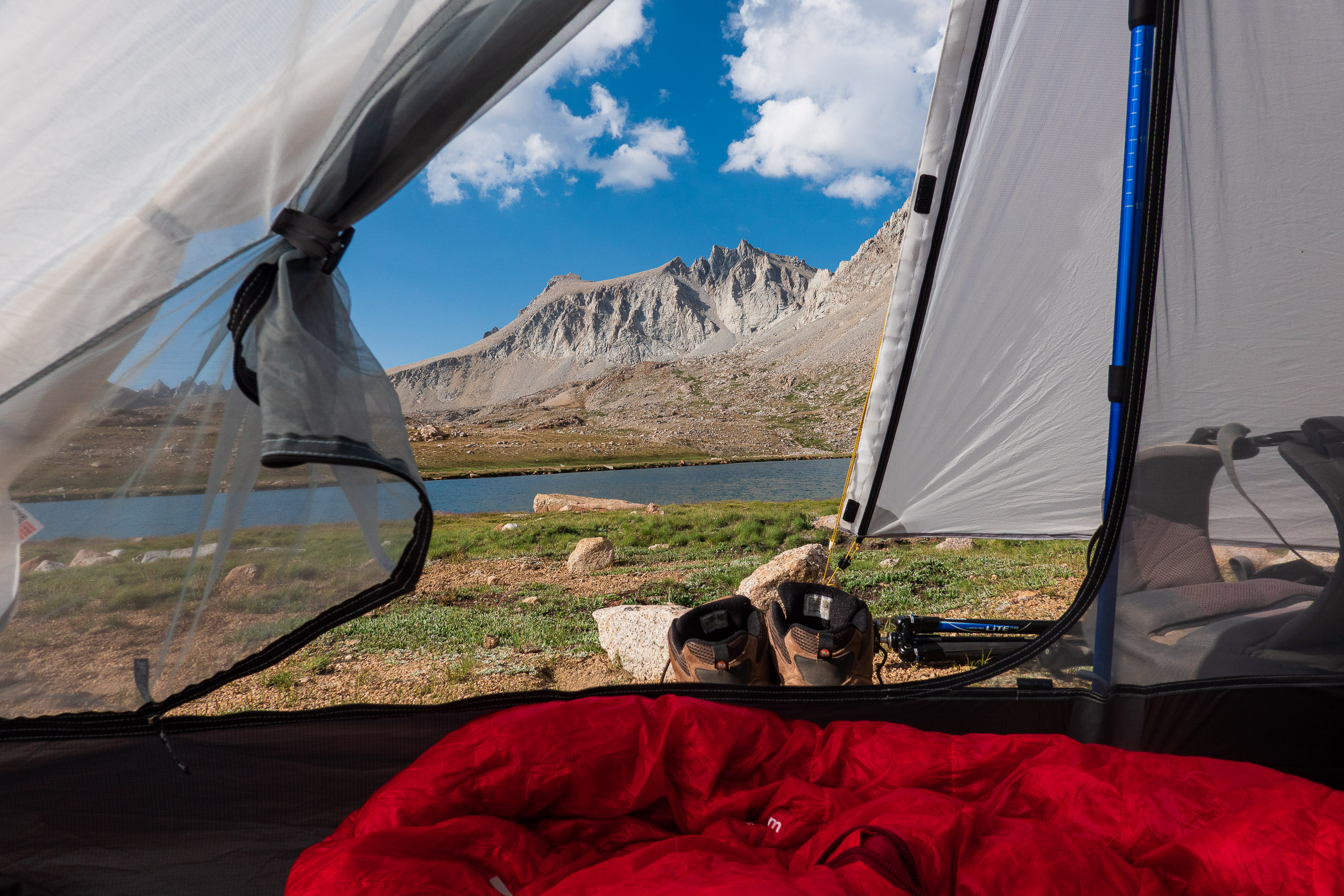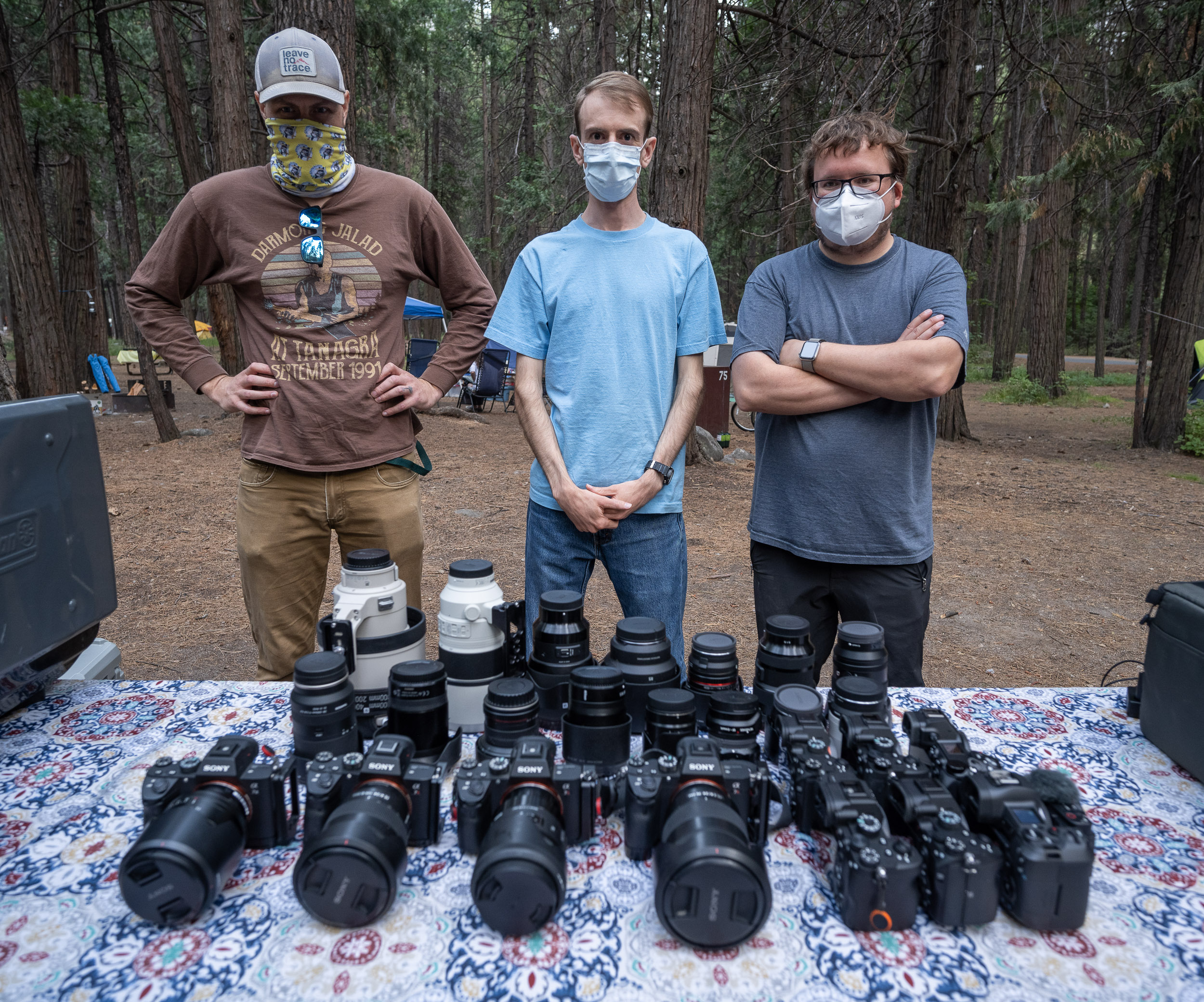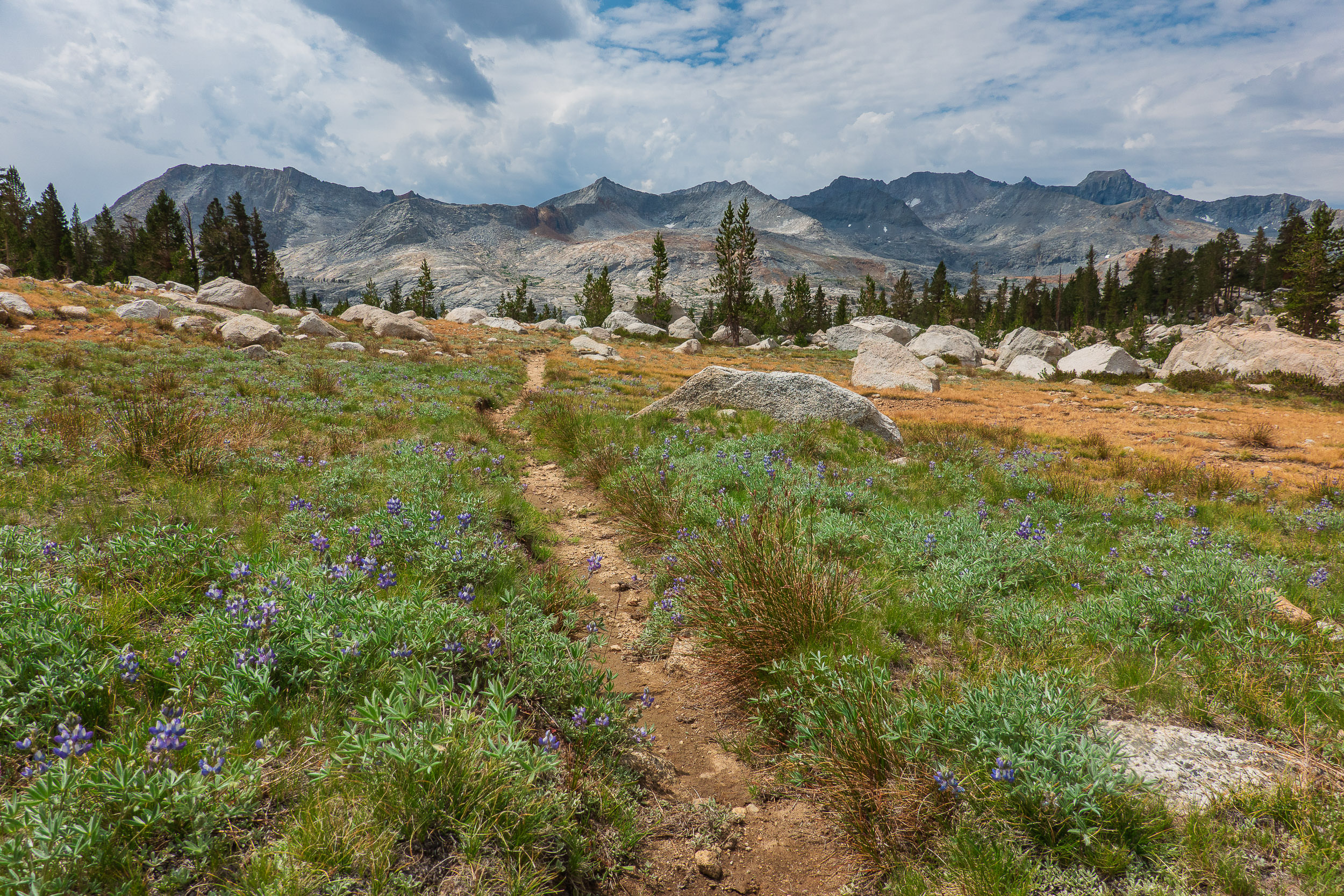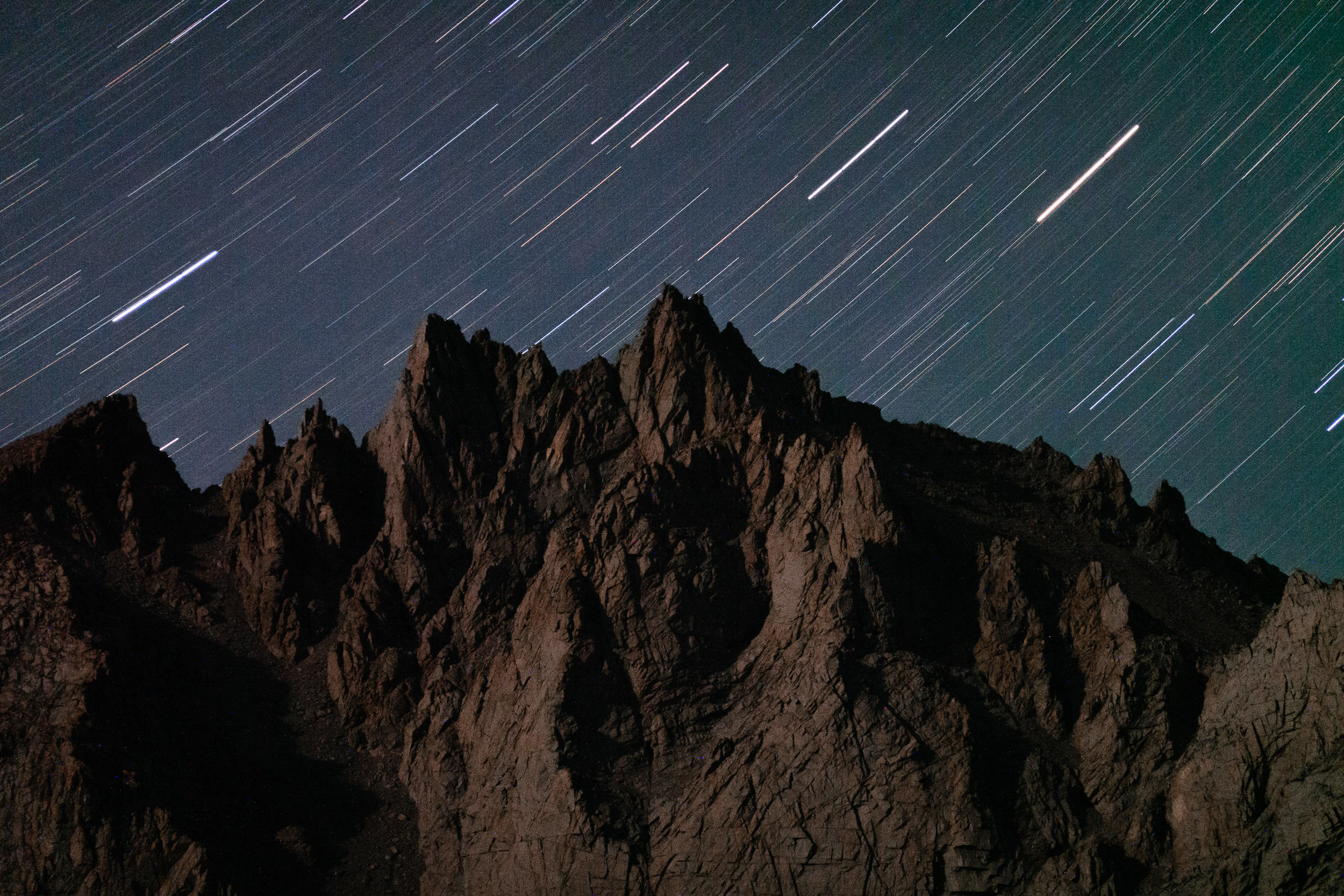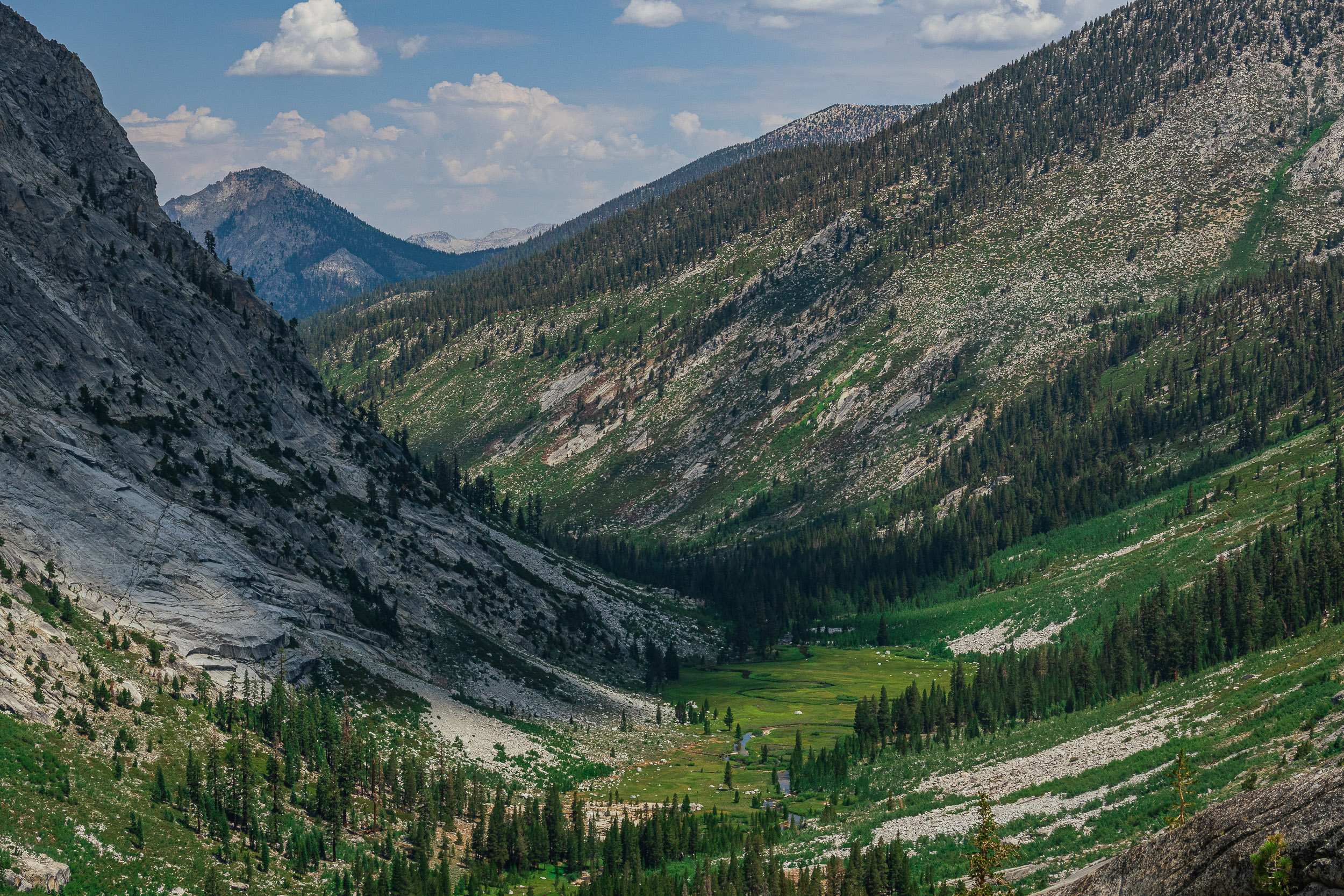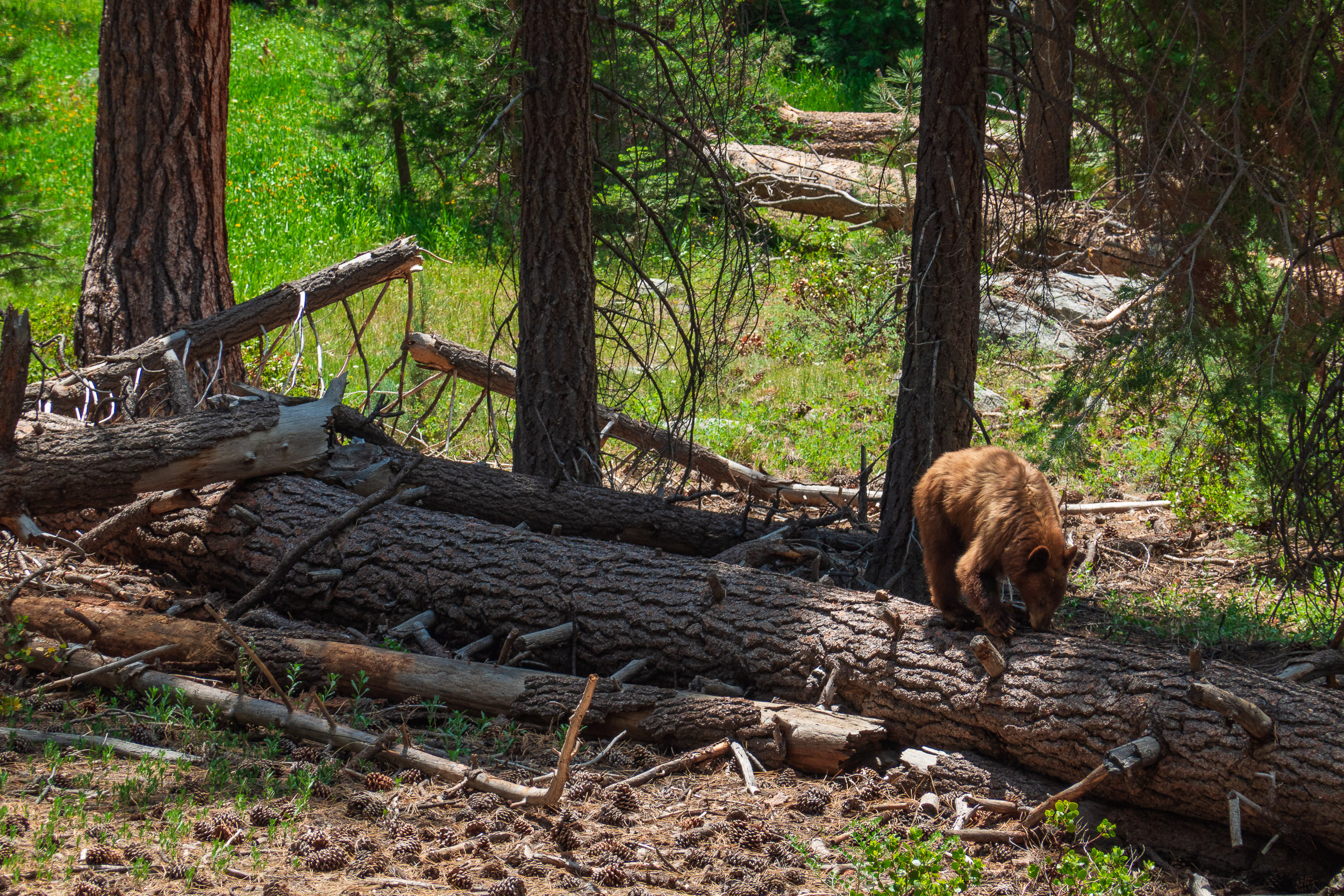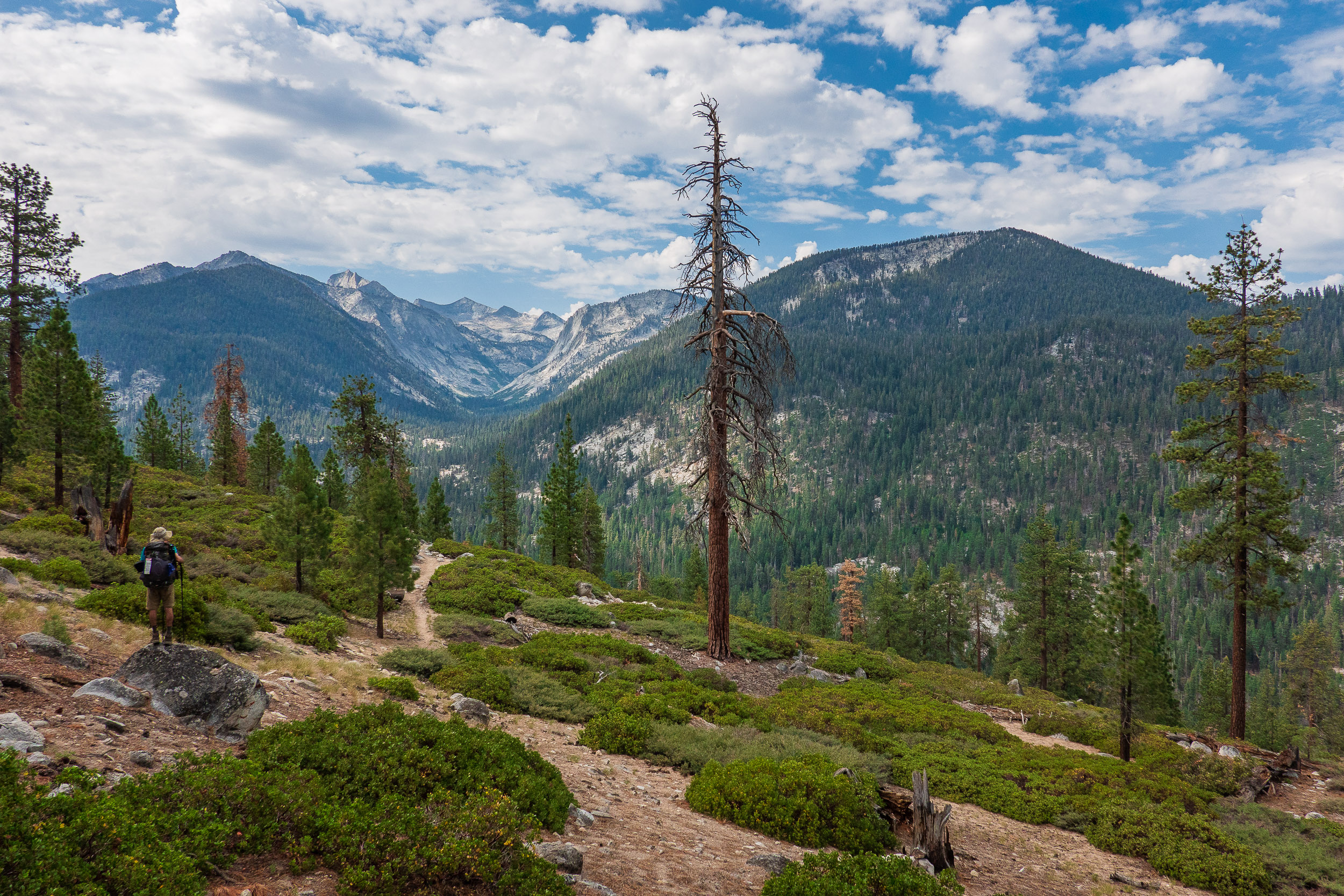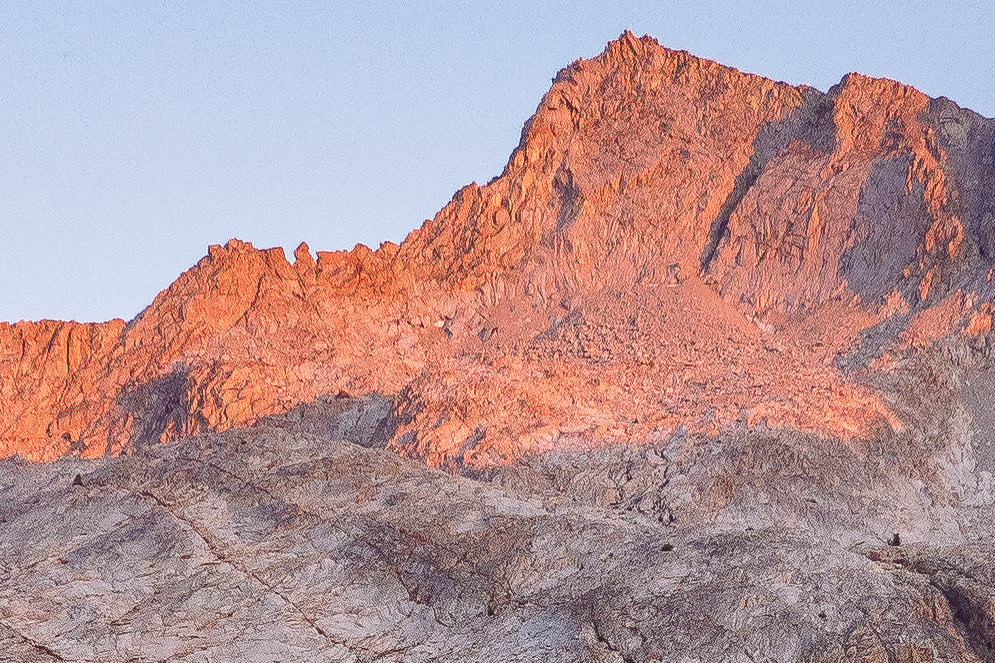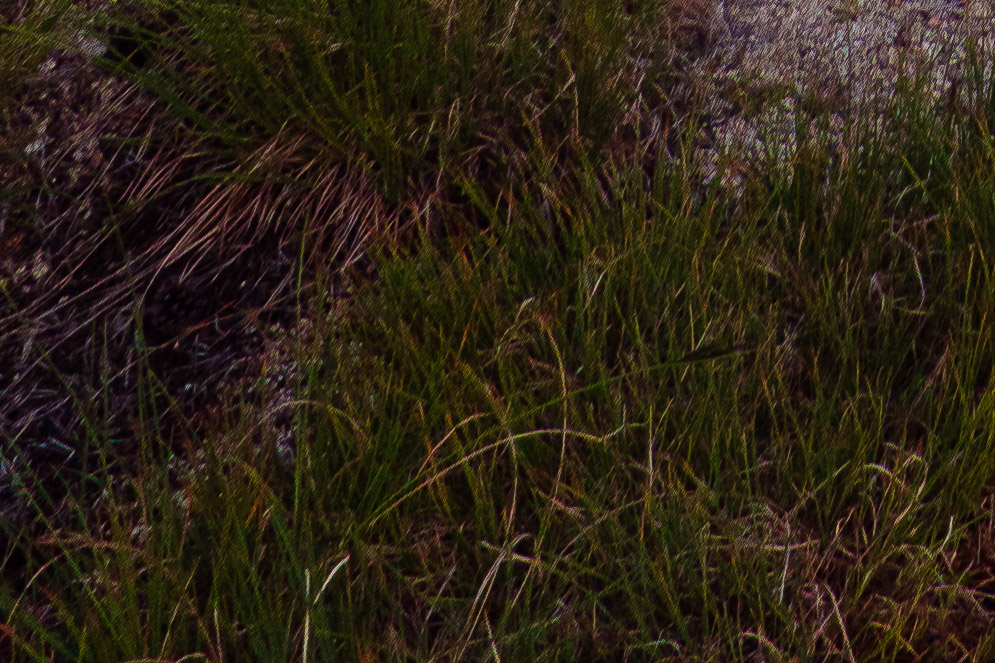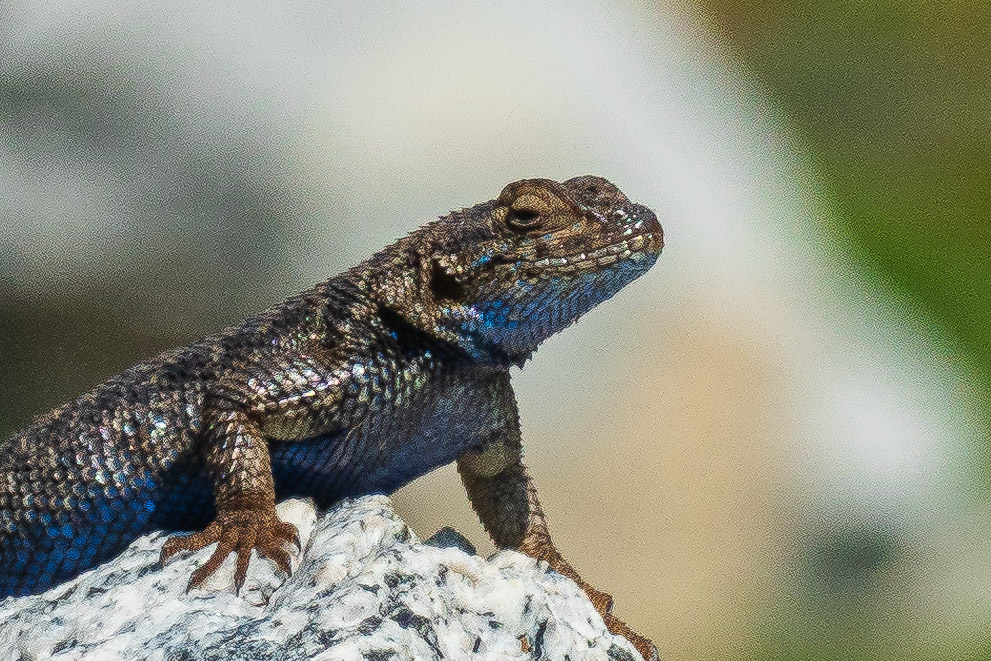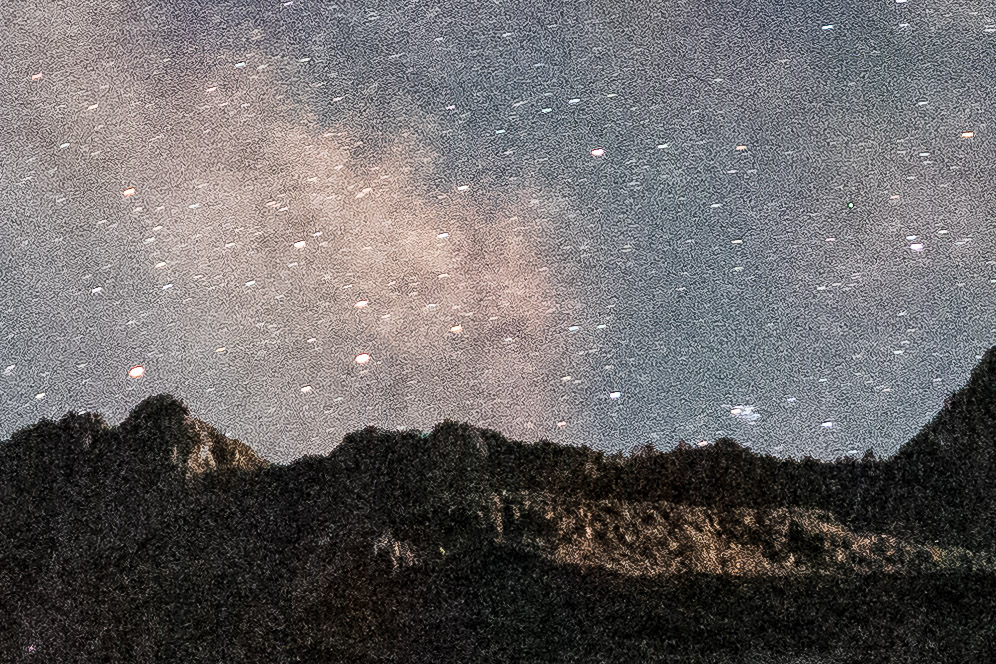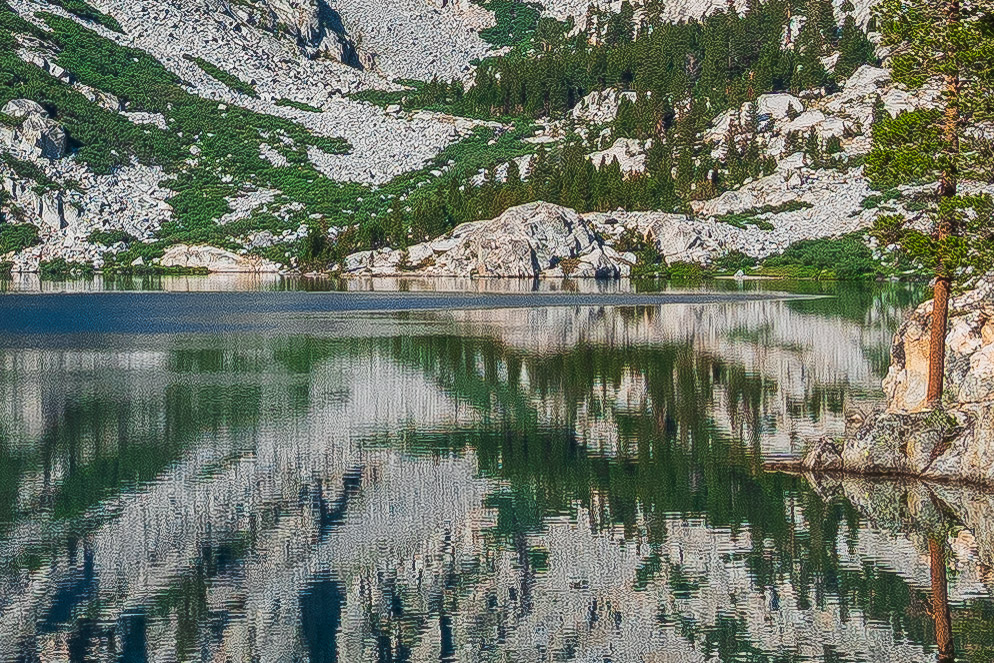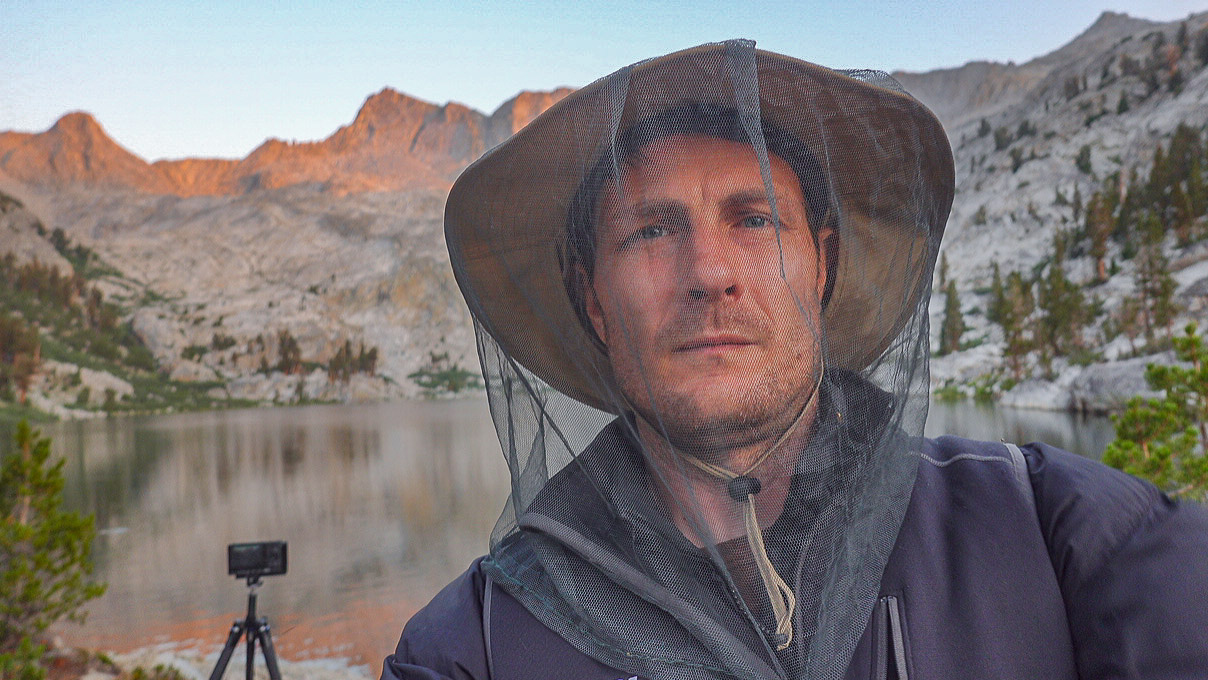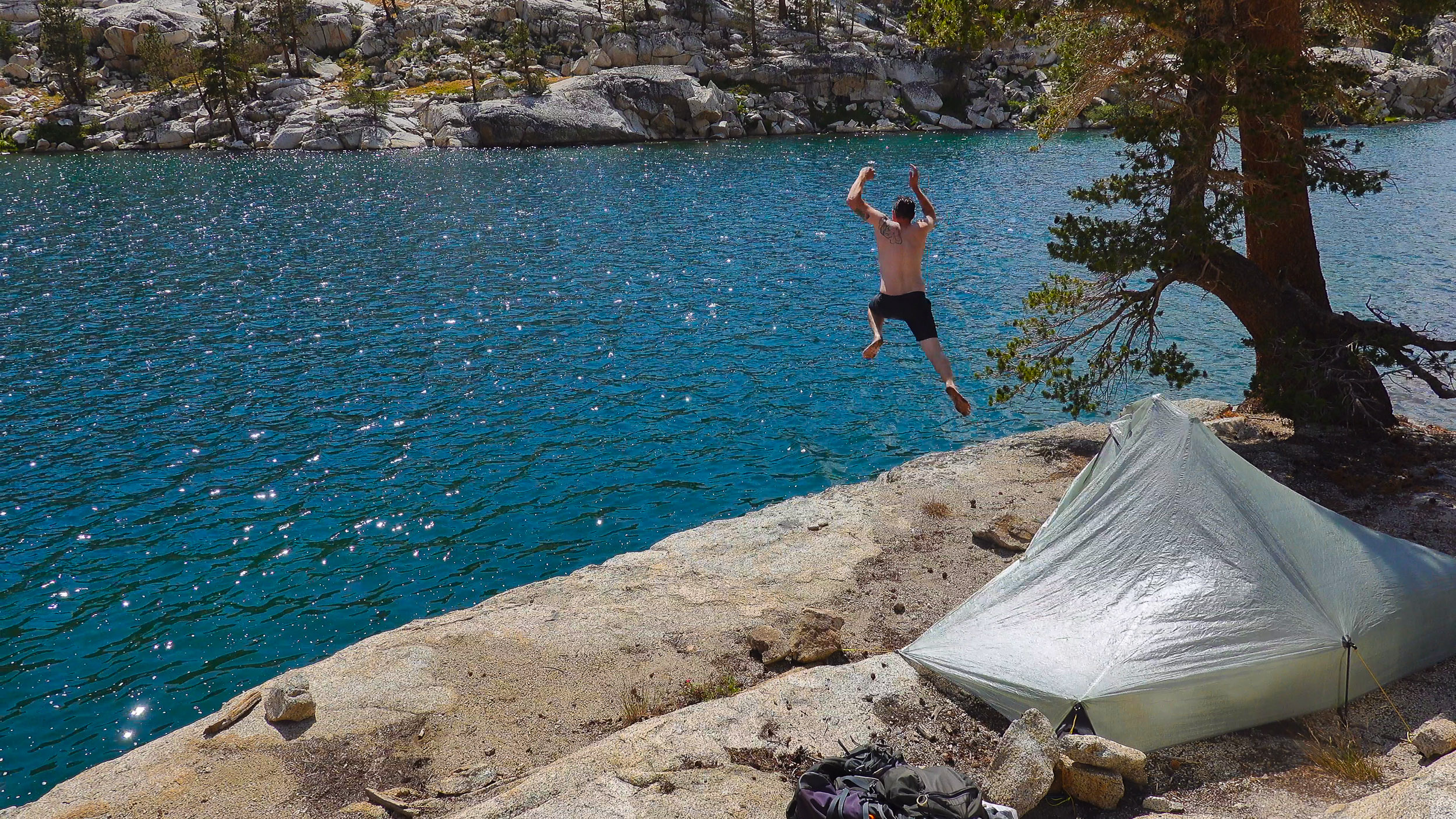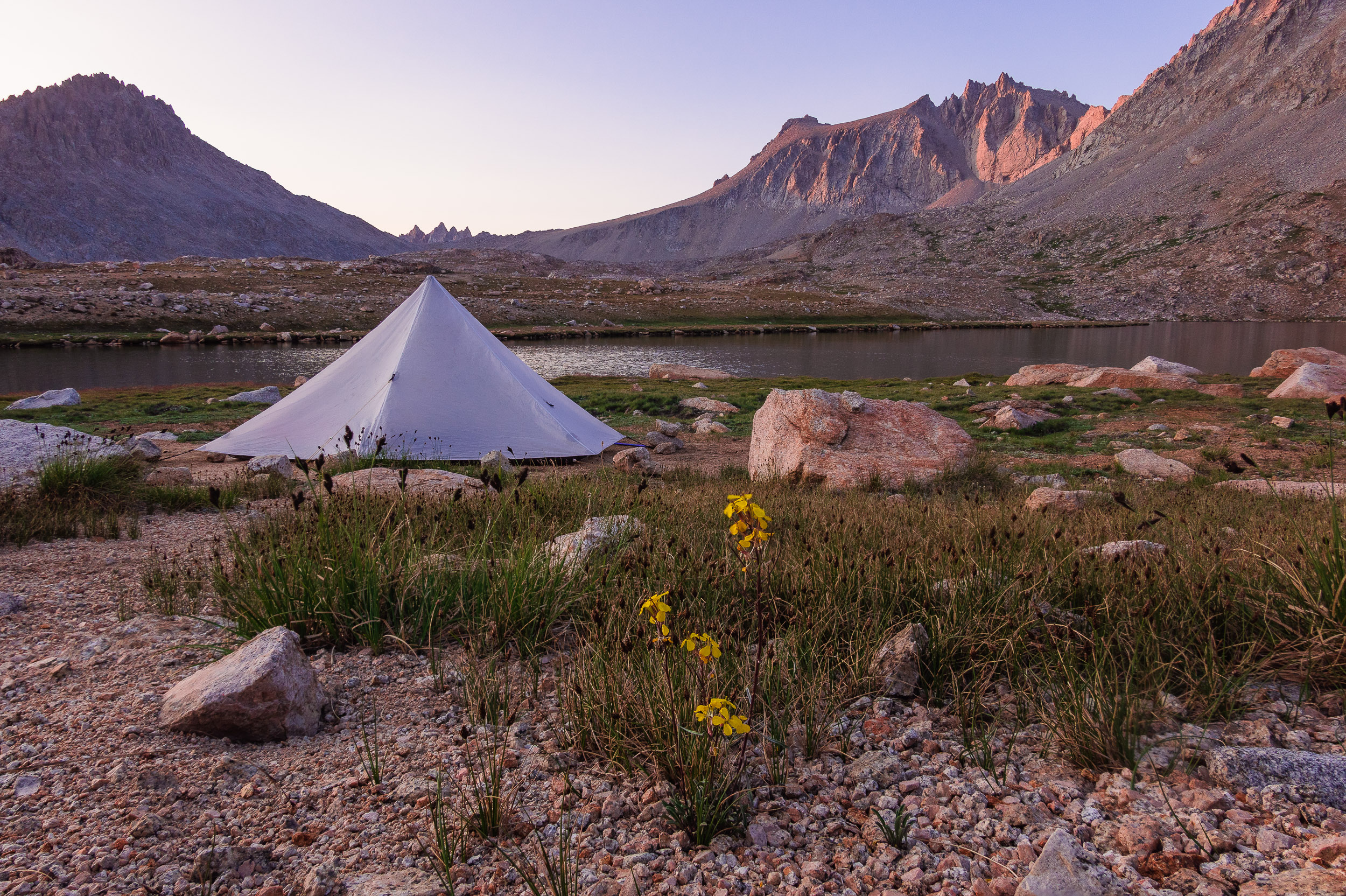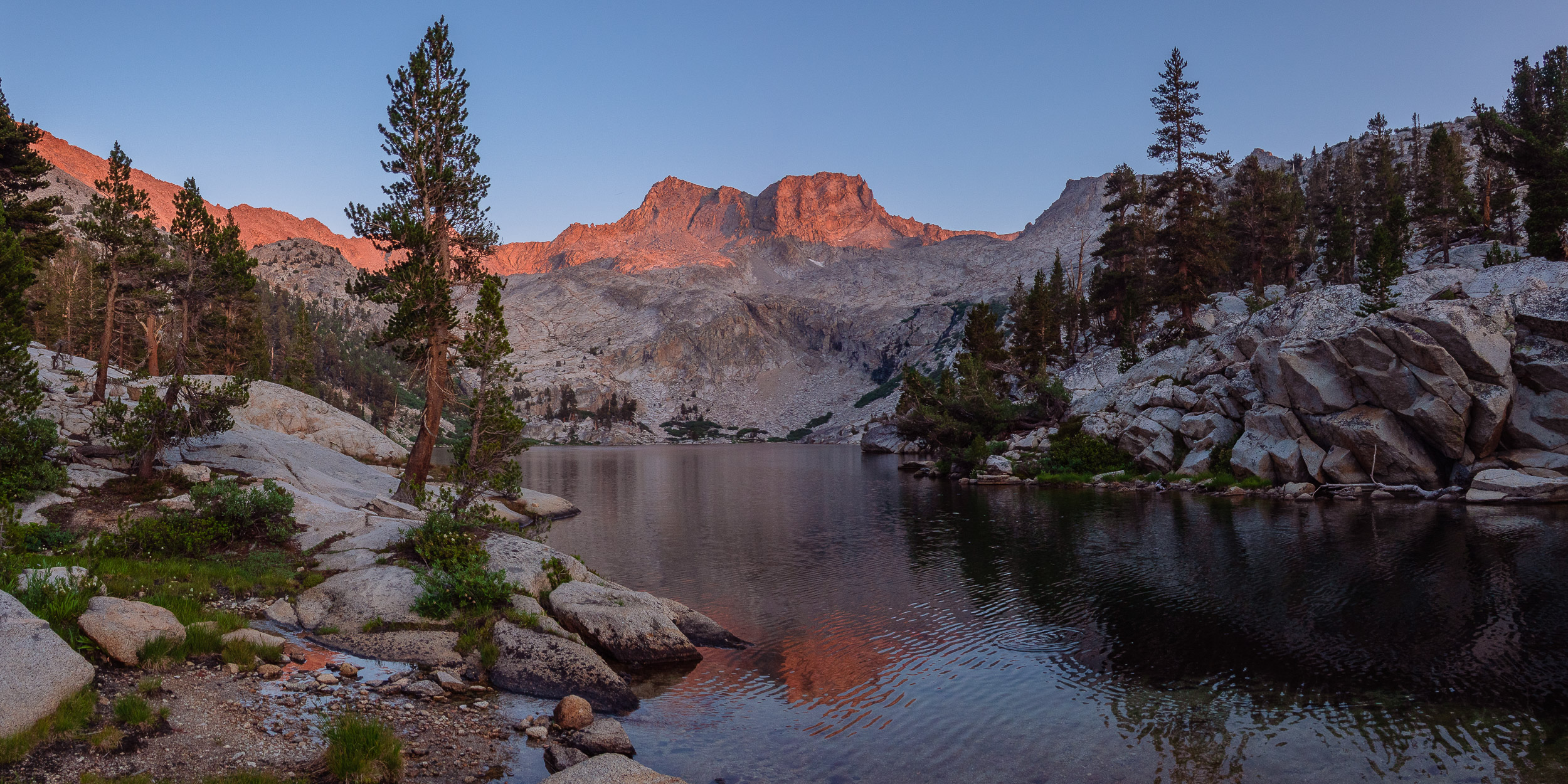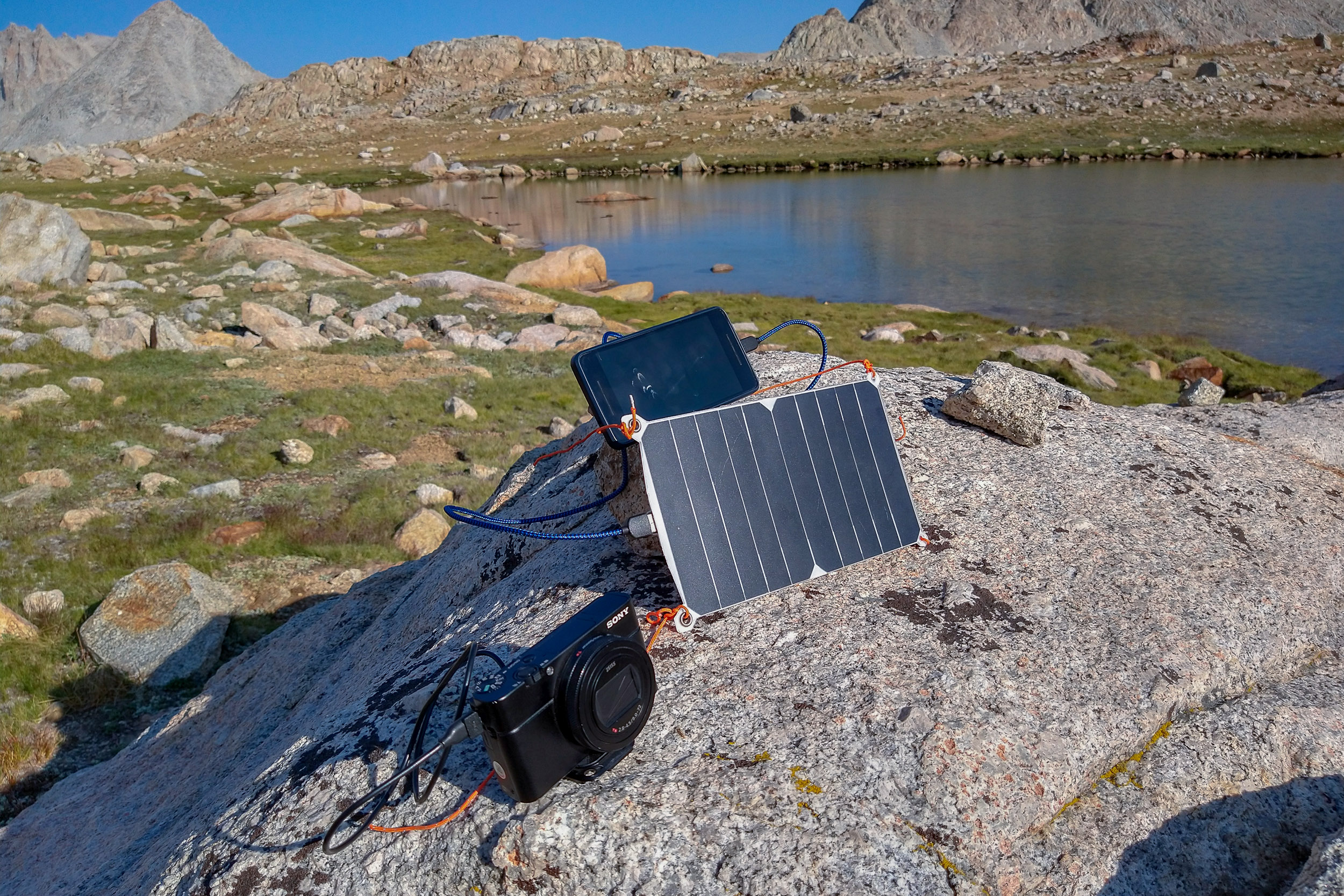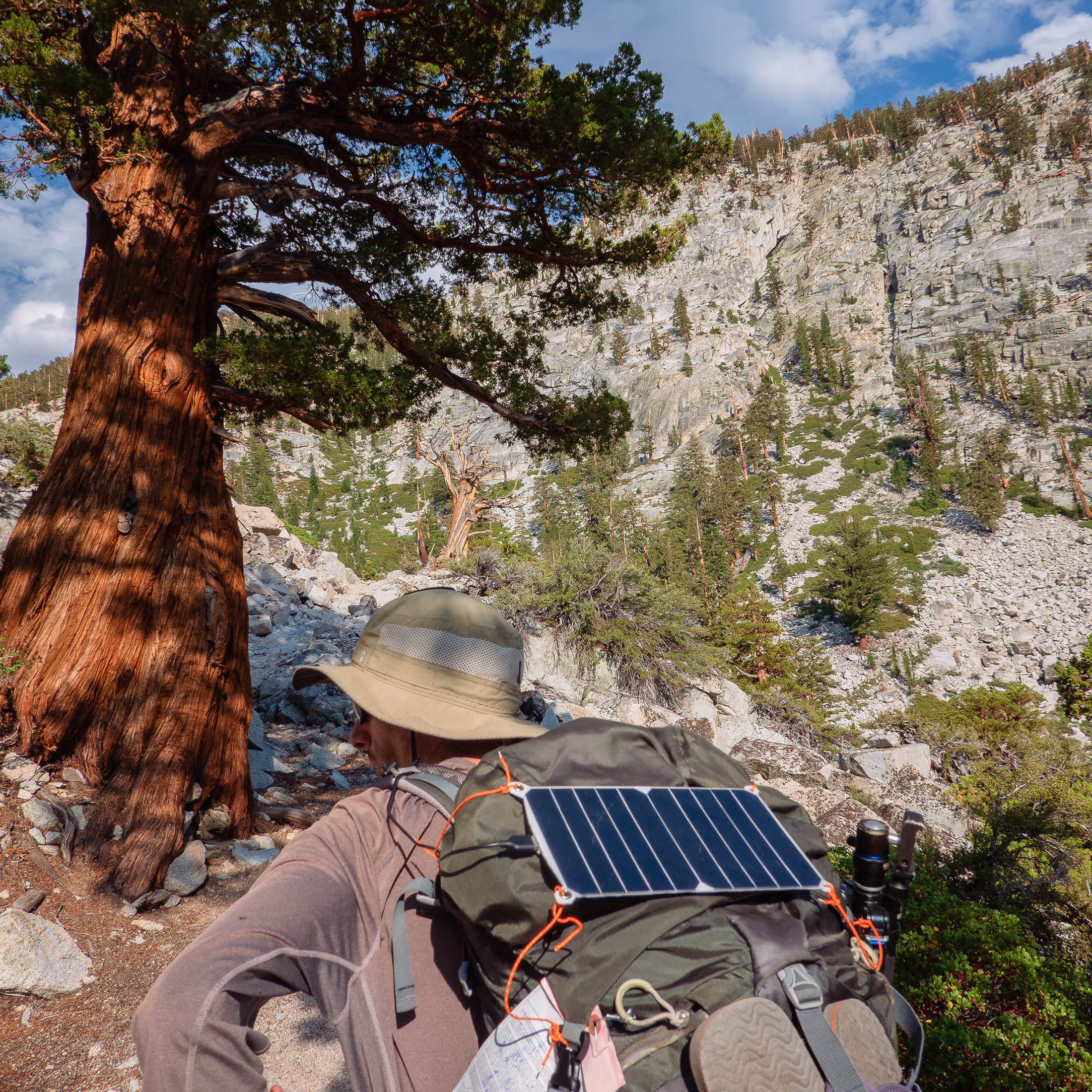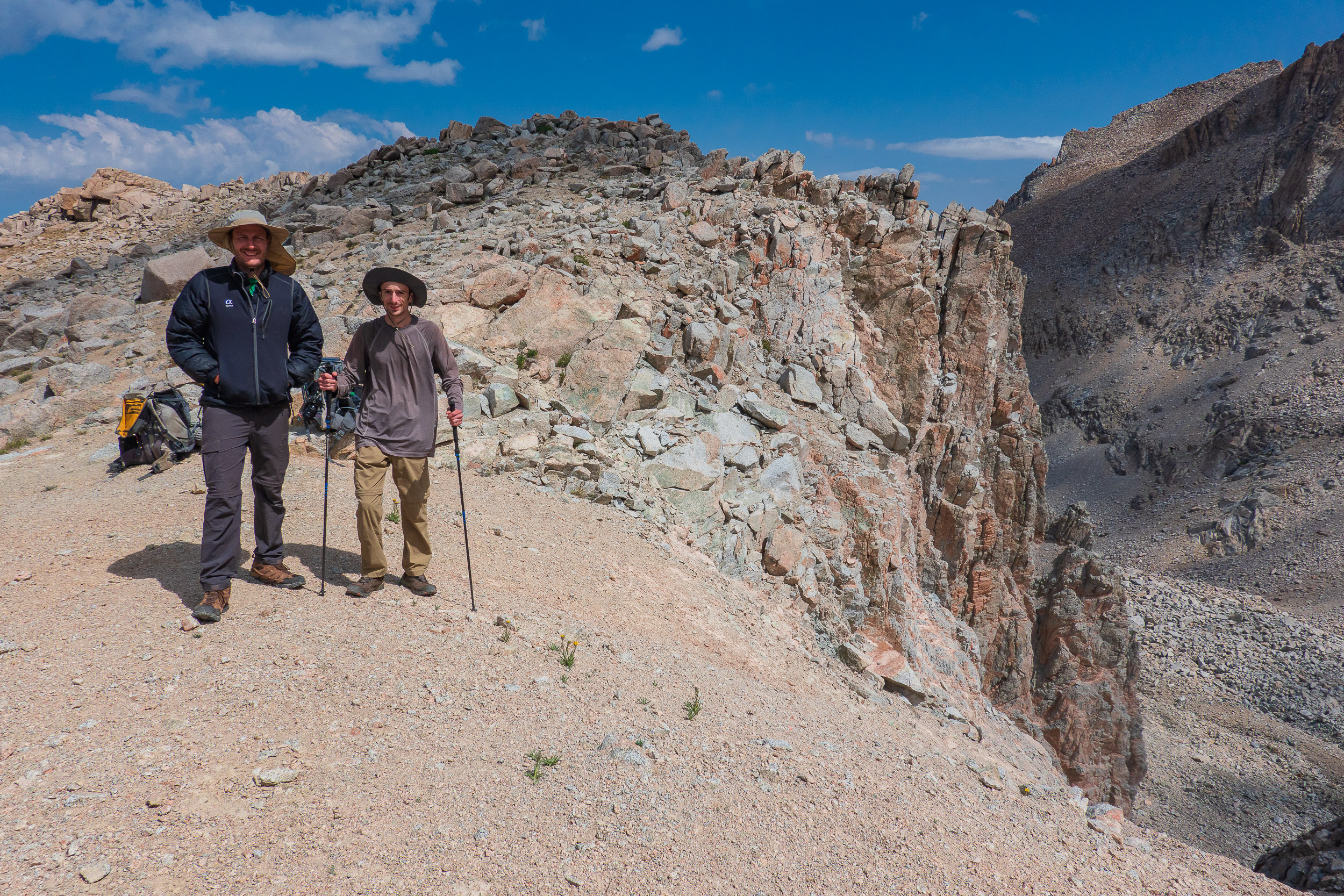Equipment
I Traded My Full-Frame Kit For A Sony RX100 VI, Here’s What I Learned
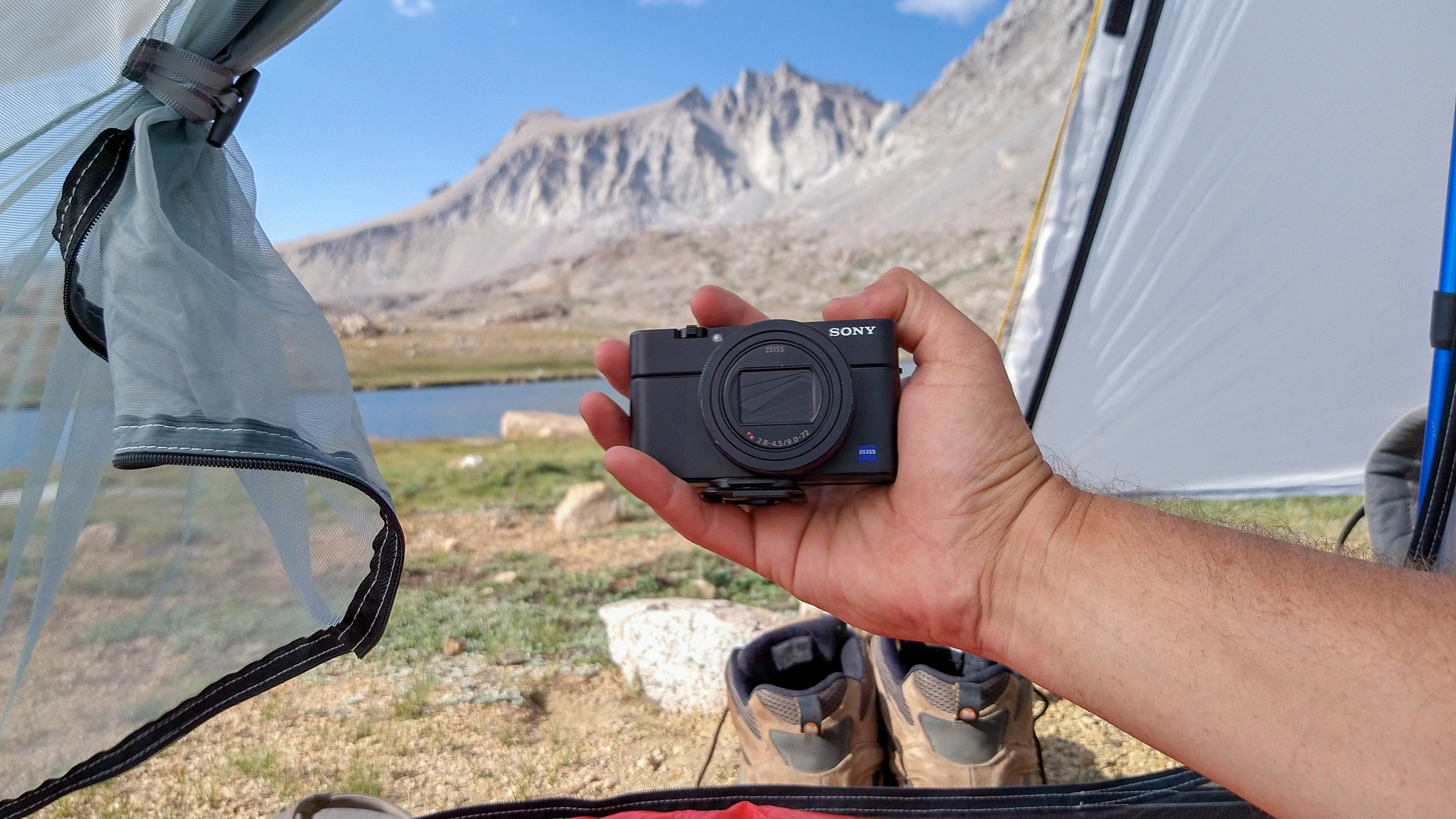
This is the story of that time I, an obsessed pixel-peeper, decided to leave all my exotic full-frame cameras and lenses at home, and instead bring a Sony RX100 VI on a week-long backpacking trip in the High Sierra of California.
About Me
Hello, I’m Matthew Saville! I’ve contributed to the Lensrentals blog a couple of times in the past. I am now a full-time photography gear reviewer and tutorial/content creator. Thanks to the circumstances of 2020, I am a “mostly retired” wedding photographer after 15 years. (I don’t miss it!).
I am a huge pixel-peeper. I’ve been obsessed with testing the image quality of both lenses and sensors for as long as I’ve owned a DSLR, starting with a Nikon D70 in 2004.
The genres of photography I like are often highly demanding of both sensors and lenses, whether it is traditional landscape photography where I am pushing the limits of sensor dynamic range or nightscape photography at wide-open apertures where I lose my cool over the slightest bit of field curvature or coma/astigmatism.
I also like to capture time-lapse videos, both day and night, which means that bracketing exposures (for dynamic range) is often impossible, and using high ISOs (even when I hope to make really big prints) is inevitable.
In short, I like to push cameras and lenses to their limits, and I have high enough standards that I’ve thoroughly enjoyed Lensrentals articles by Roger which showcase OLAF data, especially for exotic wide-angle lenses. In the coming months, I will be publishing my own in-depth technical reviews, comparisons, and insights. I hope to use real-world photography conditions to showcase which lenses and cameras are truly “the best”. In the meantime, however, let’s find out what happens when I leave all that gear at home, and just try to survive a whole week in the mountains.
Despite my affinity for the best full-frame sensors and the sharpest, fastest lenses, I like to get as far off the beaten path as possible so that I can capture unique landscape & nightscape imagery, instead of just hitting all the popular roadside hotspots. This often means that I carry 2-4 camera bodies and 5-7 lenses deep into the wilderness, sometimes hiking up to 10 miles a day with a 50-60+ lb (27+ kg) backpack. I usually have a very specific project or subject to capture, such as an eclipse, comet, or other special phenomena.
Last summer, I barely survived a mere 3-day backpacking trip because I foolishly lugged multiple full-frame bodies and numerous exotic lenses through the backcountry of Yosemite National Park, without trying to get in shape first.
This summer, my objective was very different. I had 80 miles to hike in 7 days, and a lot of it would be up at high altitudes above 10K ft. (~3K m) Some of it would be off-trail, involving route-finding and some sketchy mountain passes. So, I decided to leave all my big full-frame gear at home, and only bring a Sony RX100 VI camera, and “make do” with its 24-200mm equivalent, f/2.8-4.5 lens, and 2.7x crop (1” type) sensor.
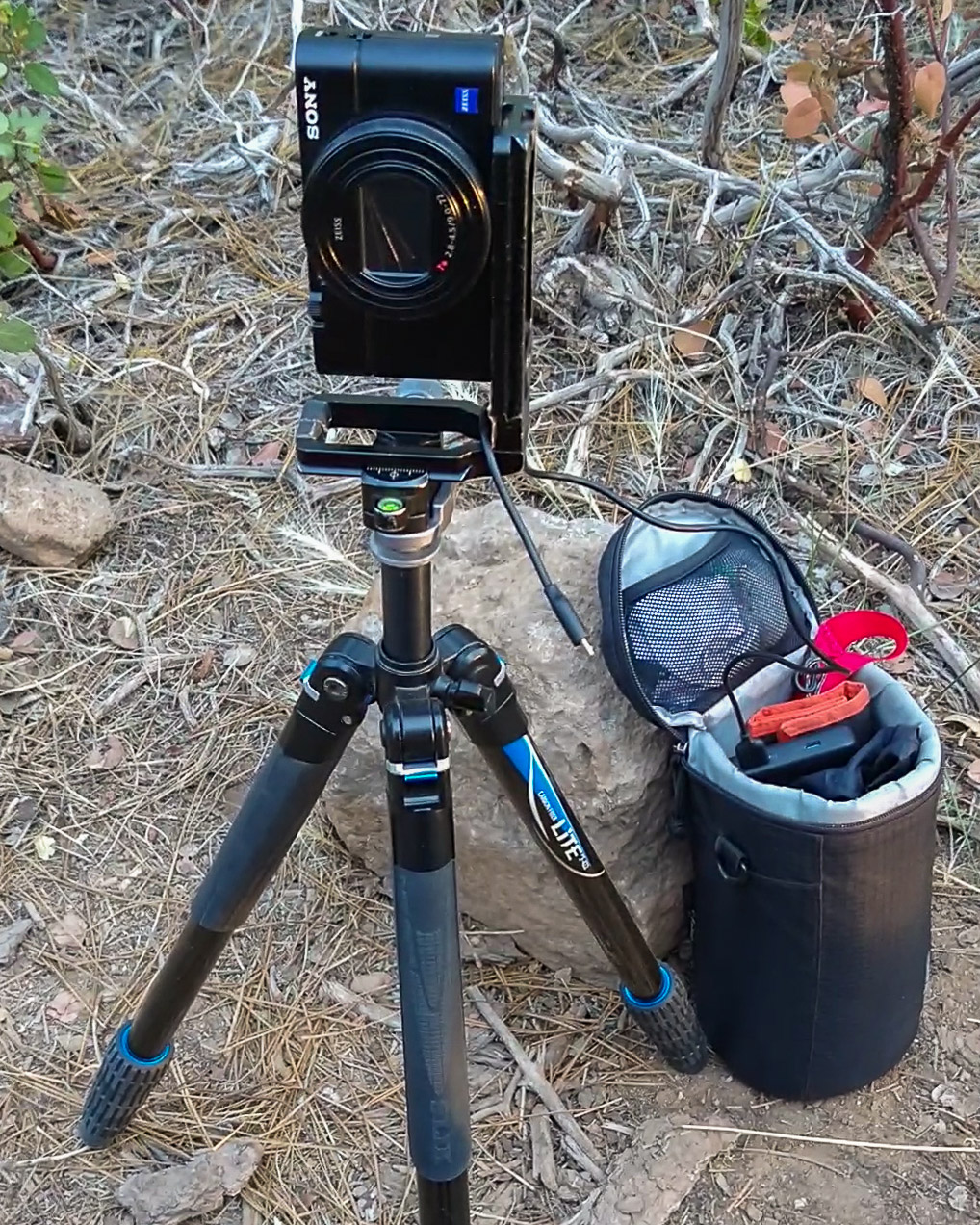
My tripod of choice for backpacking is the Slik Lite series
(It is discontinued; check out the Slik Pro CF 634 instead.)
The Sony RX100 series only weighs 301 g, (10.62 oz, 0.66 lb) which makes it literally a tenth or a twentieth the weight of the gear I’ve taken on past adventures. At the final weigh-in, my backpack was well under 40 lbs, making it more than 25 lbs lighter than my record-highest pack weight. So, I decided at the last minute to throw in the Sigma fp L and the Sigma 24mm f/3.5, since together they weigh less than 1.5 lbs. (680 g) (SPOILER: I wound up barely using the Sigma!)
DISCLAIMER: I also spent 3 months getting in shape, too. Backpacking into remote wilderness areas is not advisable for anyone who is inexperienced or unprepared. If you’d like to get into mountain landscape photography, I highly recommend the educational content by Dave Morrow.
So, Did I Regret My Decision?
Did I make a huge mistake? Did I curse the Sony RX100 for being inadequate, for being unable to do justice to the beautiful sights I saw? No, of course not. The camera absolutely got the job done. Honestly, there were plenty of moments when I missed my big full-frame kit. I had to stitch a lot of panoramas to achieve a wider angle of view than the 24mm equivalent, that’s for sure. However, I only really yearned for a full-frame setup at night when I was trying to photograph the Milky Way. Other than that, it really wasn’t too bad. With an ultralight interval timer, (The RX100 series does have “Bulb” exposure mode, and the standard “multi” USB port) …I was able to capture a star trail!
Each day on the trail, I was definitely glad that my backpack weighed so little. It made each day’s hike downright enjoyable, aside from the mosquito-infested meadows.
I believe I made the right decision. This trip was about enjoying the adventure; it wasn’t about “professional” landscape photography. I was there to prove to myself that I could accomplish a goal. I wanted to see beautiful sights with my own two eyes, and simply document what I saw without worrying about shadow noise, corner sharpness, or print resolution.
I began the trip with a very real concern that I might have to quit and turn around. If my legs, knees, or feet gave up on me after a couple of ten-mile days, I was ready to stop and just lay in my tent for a day, and then hike back out the way I came instead of completing the whole loop.
By day three, though, I found myself waking up each morning feeling totally ready to tackle another long day on the trail. (Our record was 15.5 hours on the trail and 15 miles in one day.) This was absolutely thanks to having such a lightweight backpack.
I completed the adventure with lots of photos that I’m very happy with. In fact, having such a compact and quick-on-the-draw camera with such a versatile zoom range definitely allowed me to capture far more photos than I would have if I’d needed to drag out a big camera every time I wanted to take a picture, let alone change lenses in critical situations. (We only saw one bear the entire trip!)
Being able to hike with the camera clamped to my hiking pole, when conditions allowed, meant that the camera itself wasn’t even weighing down on my hips/shoulders at all!
The bottom line is this: I would’ve shot fewer photos if I had brought a “better” kit. Also, the photos that I did capture are, well, “good enough”.
How Do The Images Look? Let’s Pixel-Peep…
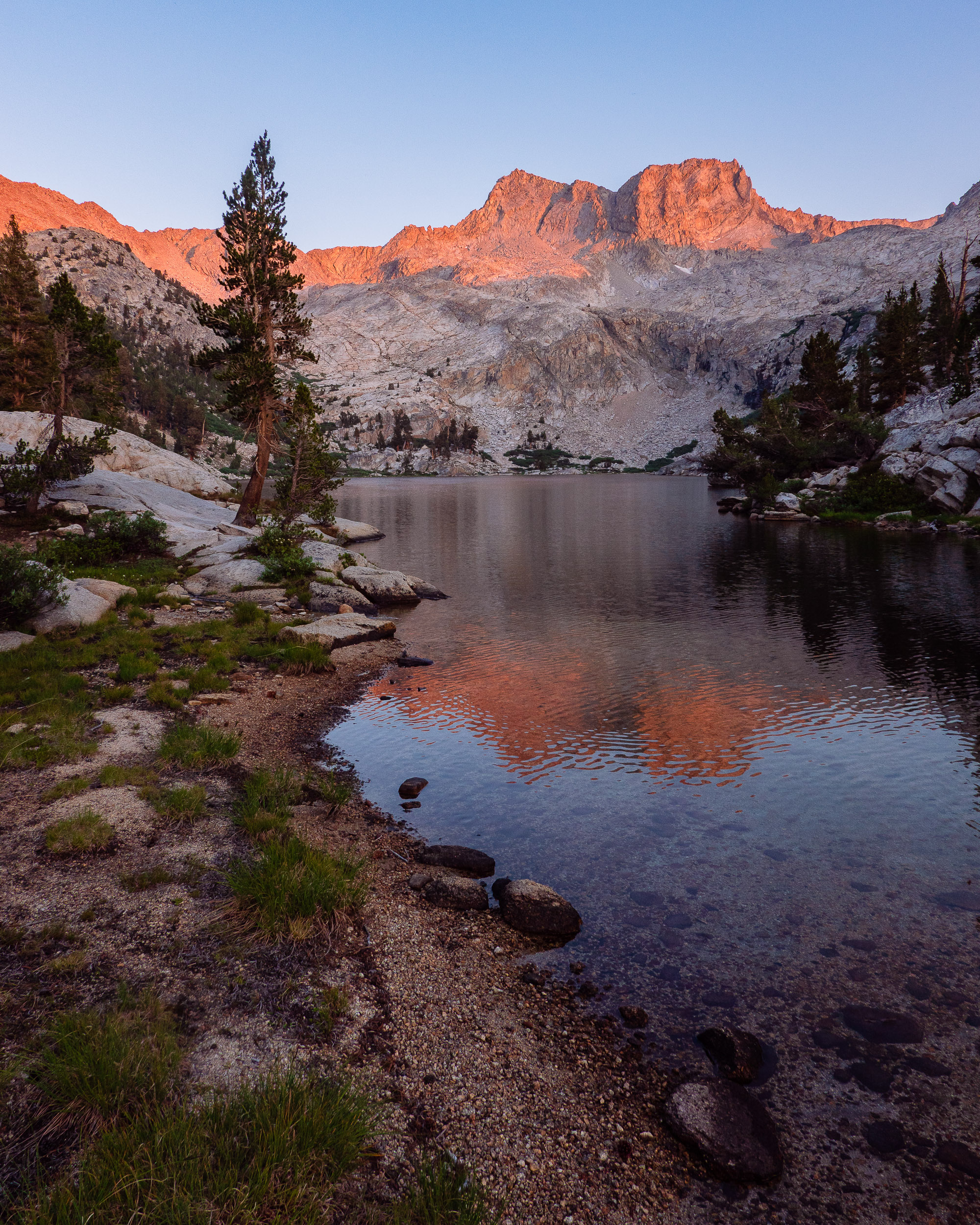
Sony RX100 VI, 24mm equivalent, f/5, ISO 125, 1/80 sec, hand-held
The Sony RX100-series has a 20-megapixel sensor that is a lot more capable than you’d expect from anything with a crop factor of 2.7x. Shadow recovery is quite good at its base ISO of 125, although there are slightly higher noise levels at all ISOs.
The lens is really sharp, too. On the wide-angle end, even with the aperture wide-open at f/2.8 the lens offers incredible detail throughout most of the image circle. In the middle of the zoom range, the lens stays sharp wide open, and is still not too soft in the corners. Only at the 200mm equivalent end does image detail begin to drop by a noticeable amount, and even then, it’s still quite good if you work with optimal conditions, such as shooting from a tripod at slower shutter speeds, and making sure you nail focus.
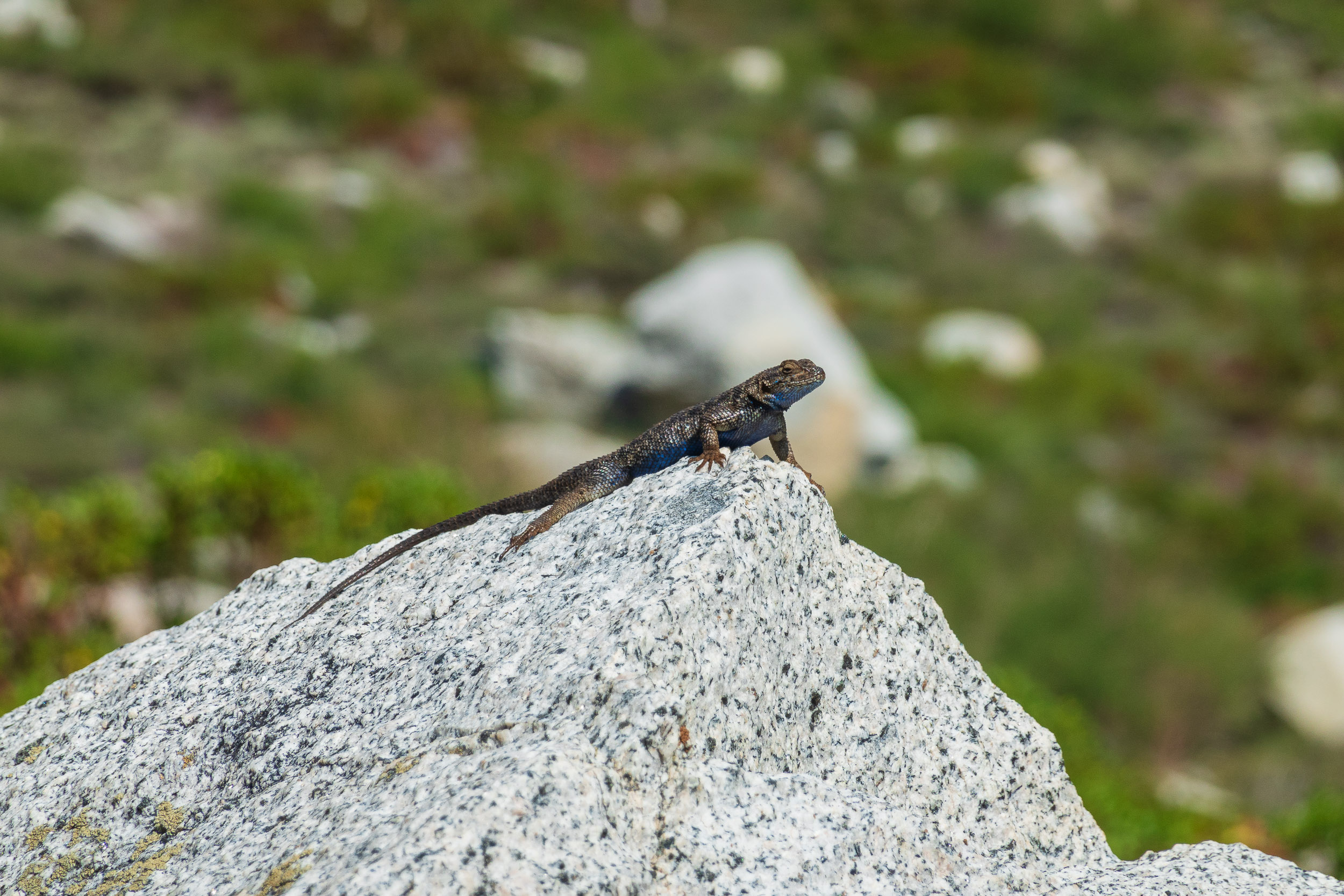
Sony RX100 VI, 200mm, f/5.6, ISO 125, 1/800 sec
The sensor has a great dynamic range. Despite heightened levels of noise at all ISOs, of course, the shadow recovery is still quite impressive, and I only find myself needing to bracket in extremely challenging conditions.
At night, I could barely eke out a decent nightscape at ISO 3200; going higher to ISO 6400 might be acceptable for folks with lower standards and no plans to share their images anywhere besides Instagram, but, personally, I found that with a bit of moonlight, ISO 3200 got the job done. Barely.
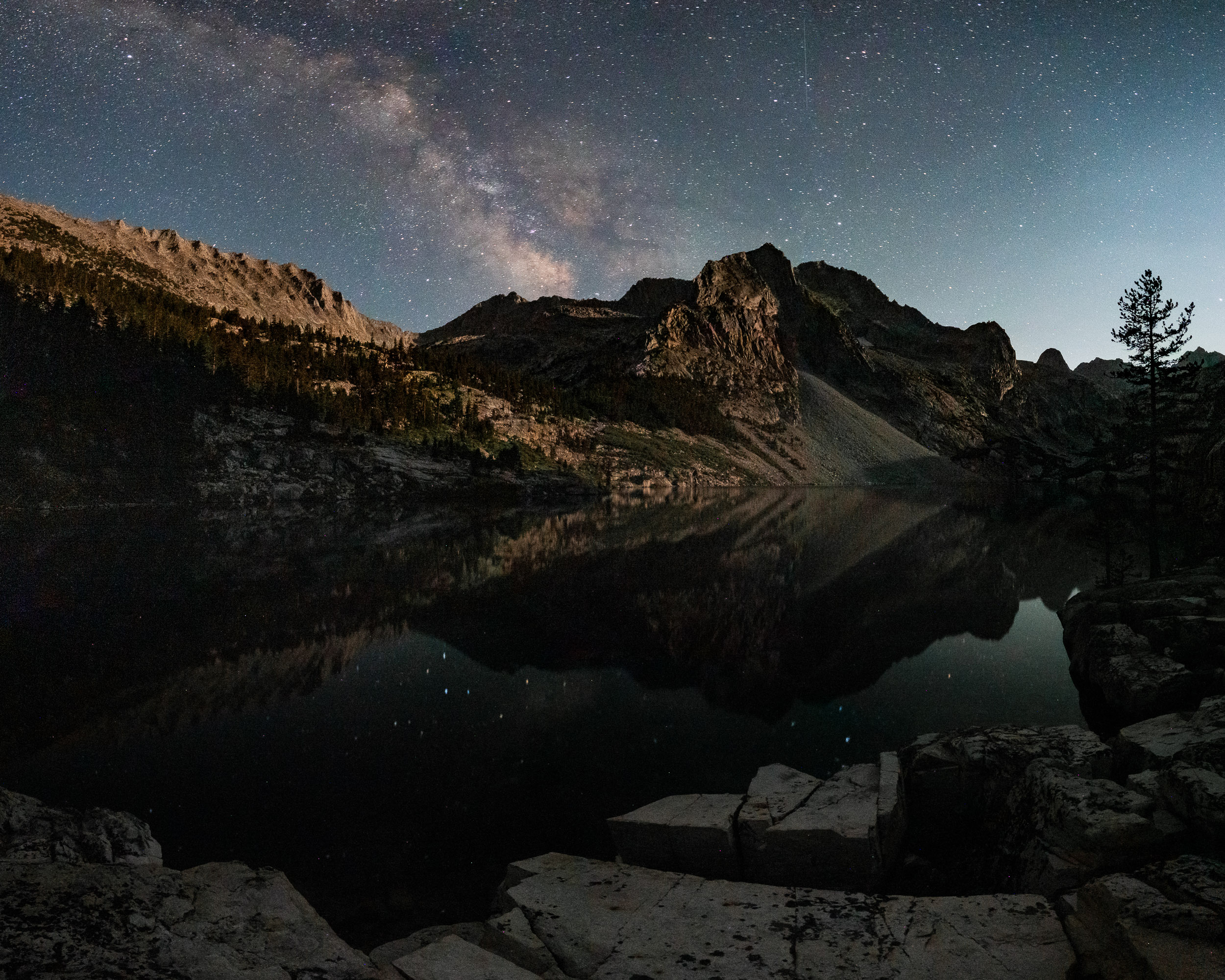
Sony RX100 VI, 9-frame panorama, 24mm, f/2.8, ISO 3200, 30 sec
Sony’s “color science” (a buzz-term I loathe) is often hotly debated, but honestly, I see a bigger difference between the colors you get from Adobe Lightroom versus Capture One Pro, as opposed to Sony versus Canon versus Nikon etc. (All images in this article were edited in Adobe Lightroom Classic, though I do often prefer Capture One.)
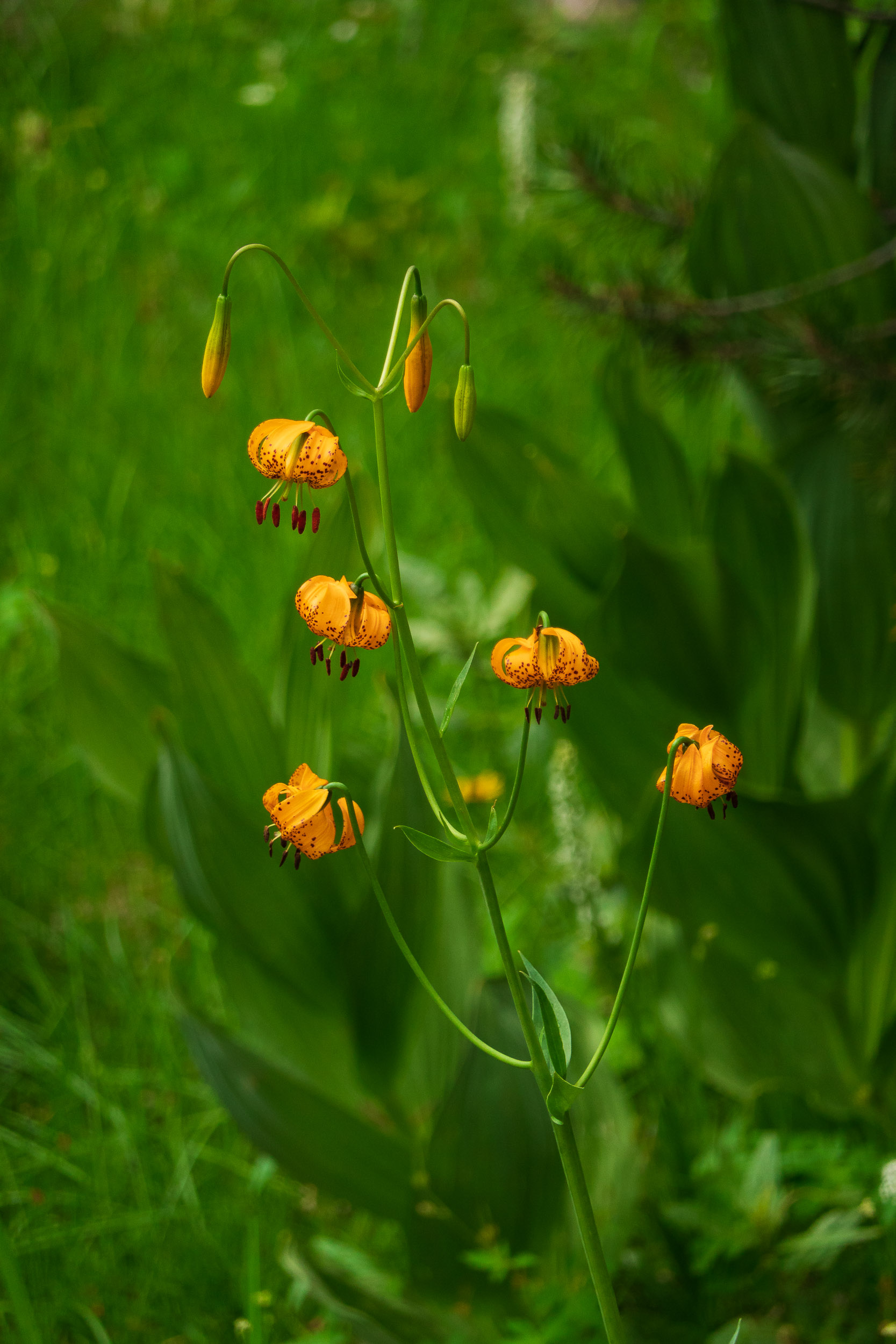
Sony RX100 VI, 200mm, f/4.5, 1/250 sec, ISO 250
Shallow depth can definitely be achieved when focusing moderately close-up, but the character of the bokeh isn’t the same as a dedicated portrait lens on a full-frame sensor, of course. Honestly? I’m not obsessed with ultra-shallow depth; I actually like to see the vague shapes of a blurred background, especially when it comes to nature photography.
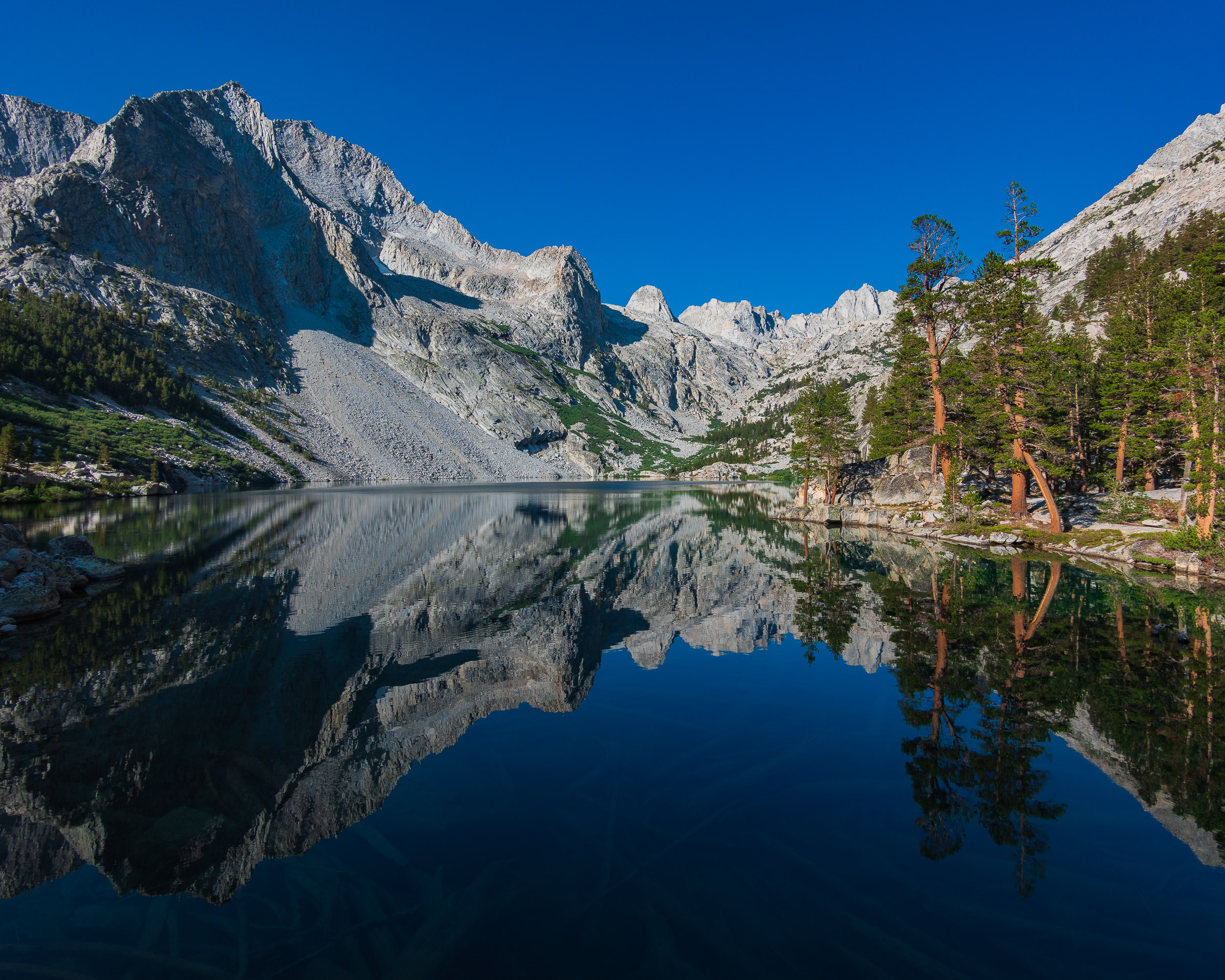
Sony RX100 VI, 24mm, f/4, ISO 125, 1/500 sec
All in all, the resulting images, combined with the manual controls focusing, and zoom range that I couldn’t have gotten by just using a cell phone, gave me the perfect user experience.
I’m not a cinematographer, but I do have a 4K computer display, and I do make low-quality Youtube videos of my adventures, so I will say that the 4K video quality from the RX100 series is quite impressive, too. With a Natural/Neutral Creative Style, the dynamic range is fantastic, and of course, the level of detail is quite impressive for such a small sensor.
In the end, it always comes down to what YOU intend to do with the photos you’re capturing. Are you merely sharing them in a slideshow with family and friends, and/or sharing them with your fans on social media? If so, then my honest advice is, stop pixel-peeping; enjoy your adventure/vacation/trip, and focus on how the convenience of such a compact camera can allow you to create imagery when/where you might otherwise not be able to. Oppositely, of course, if you have a very clear objective, to capture a specific scene or phenomenon and create (let alone sell) large prints of that moment, then, of course, bite the bullet and bring that big heavy ILC kit.
The Advantage Of 1”-Type Sensors
One advantage that I must mention about this compact camera’s sensor size is, of course, the ample depth of field. Simply put, this lens is excellent, and you get impressively sharp results with plenty of DOF at f/4.5 when shooting at the (equivalent) 24mm end, unless you have extremely close-up foreground subjects. Even then, f/5.6 or f/7.1, although the latter is noticeably affected by diffraction, is more than enough for most scenes.
This allowed me to capture more photos, and get more creative than I would have with a bigger sensor in a bigger camera.
If I Do It Again Next Summer, Will I Do Things Differently?
Honestly, since I turned out to be in much better physical shape than I thought, I will definitely consider bringing a better camera on my next big adventure. I can also lighten my pack weight in other ways; there’s always a lighter tent, sleeping bag, etc.
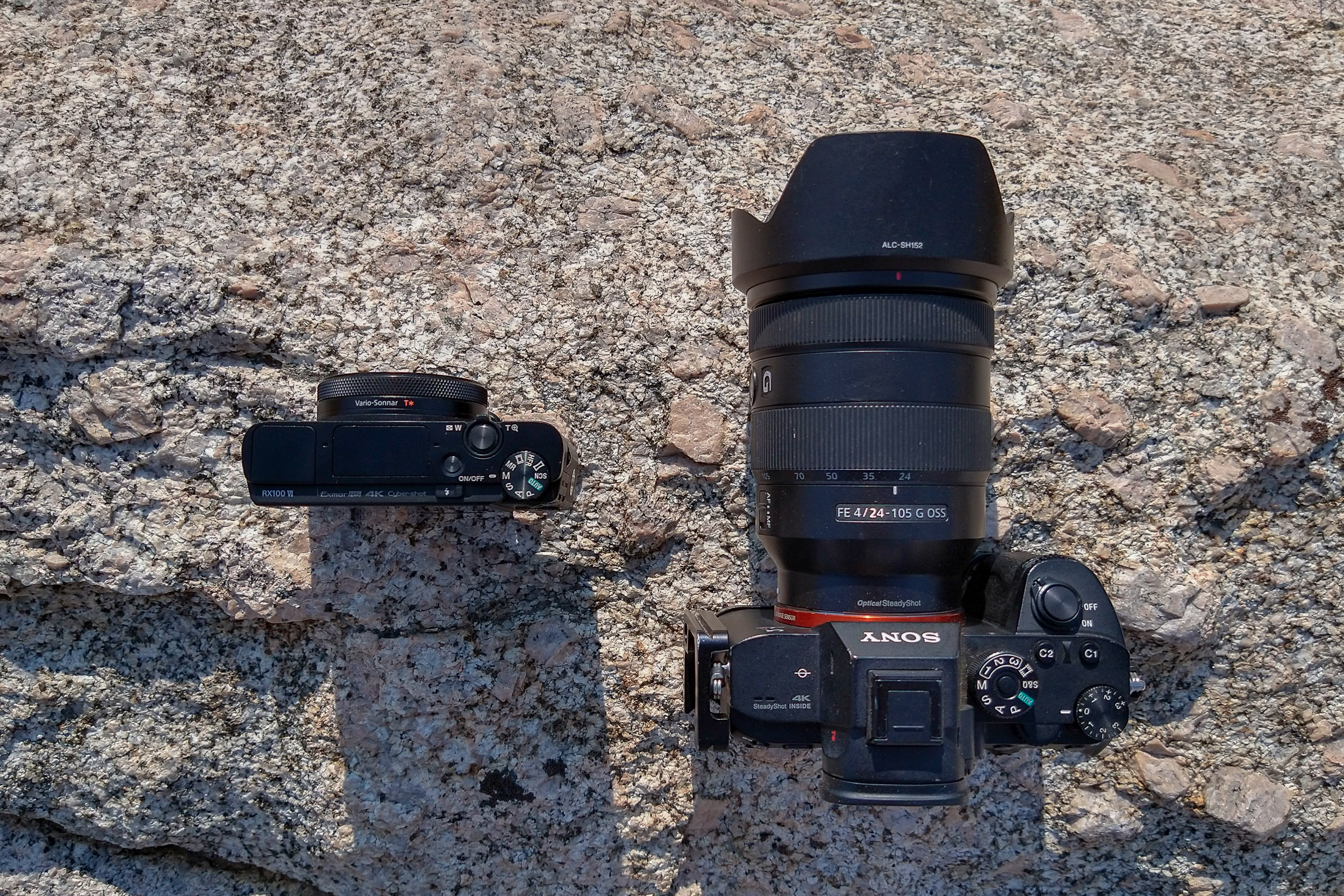
My co-adventurer, Sean Goebel, carried a Sony A7R III and a few lightweight lenses
The photography opportunities would need to actually require a better kit, though. A perfect Milky Way alignment or a meteor shower or lunar eclipse comes to mind. Otherwise, I’d rather enjoy the comfort of an ultralight kit.
In a minute, I’ll talk about which full-frame setup I might consider!
Could the Sony RX100 Be Better?
Although I wouldn’t hesitate to take a Sony RX100 camera on another adventure that doesn’t have a specific photography-related objective, I’d still love to see a few improvements in the RX series itself. Sensor image quality could always be better, of course, and there are a few other things I’d love to see in future generations.
First and foremost, I need to point out that there are two different iterations of lenses for the RX100 style form factor. This 24-200mm equivalent zoom range is the newest, plus, there’s also a 24-70mm equivalent, f/1.8-2.8 lens. (The Sony RX100 VA)
If Sony wanted to deliver something truly versatile and impressive, I’d love to see an RX100 VA II with a 20-70mm f/1.8-2.8 lens! Alternatively, for those daytime, stopped-down landscape shooters who don’t need the faster aperture, I think it would be awesome to see a 20-135mm equivalent, f/2.8-4.5 lens. But that’s just wishful thinking! As far as I know, a superzoom that goes wider than 24mm has literally never been made, on any system.
For those who are happy with the standard 24-200mm equivalent zoom range, I still think the Sony RX100 series overall could use a slightly bigger battery. 1150/1240 mAh is just not much at all.
Alternatively, I wish Sony would include two batteries with all these cameras. While many big, name-brand batteries cost $70-80, this one (the Sony NP-BX1/M8) is a mere $39.
If I had two batteries and a lightweight USB-powered charger, I could always be topping up one of them via an ultralight solar panel, and depending on the weather I might achieve “infinite” battery power on summer backpacking trips in the American West for mere ounces/grams.
If you buy an RX100 for your adventure travel photography, be sure to splurge ~$20 for a pair of generic batteries and a micro USB charger, and ~$20 for a 10W ultralight solar panel so that you never run out of battery power. Alternately, if your travel conditions will make you less likely to be standing around in the sun every day, and more likely to have access to a wall outlet every few days, just get a $20 10,000 mAh USB battery pack.
Last but not least, I’ll mention that for anyone who likes to do time-lapse photography, you’ll have to get the latest-generation Sony; even this second-newest generation (Mark 6) does not have a built-in interval timer.
Conclusion
I can’t wait to get back to pixel-peeping the extreme corners of 60-megapixel images, testing exotic new ultra-wide lenses for field curvature and coma/astigmatism, and sharing my findings with you all. (Hint: if the Sony 14mm f/1.8 GM sounds too good to be true, indeed, it might just be…)
Having said that, it also felt great to commit to a big adventure with a compact camera. I might have had even more fun if I had left the Sigma fp L at home, too, and I wouldn’t have missed it that much.
Thank you for reading about my adventure! I hope you enjoyed the images. If there is one thing I hope other photographers can learn from my experience this summer, it’s this: even if you are obsessed with image quality, test charts, and finding that elusive “flawless” sensor or lens, sometimes you need to switch gears and simply focus on enjoying your adventure, vacation, or whatever it is you’re doing.
I am very curious to know if any readers ever find themselves facing similar dilemmas. Do you ever find yourself thinking about trading a big heavy kit for something more portable? If you’ve already done so, did you regret it? Or were you able to simply enjoy the moment?
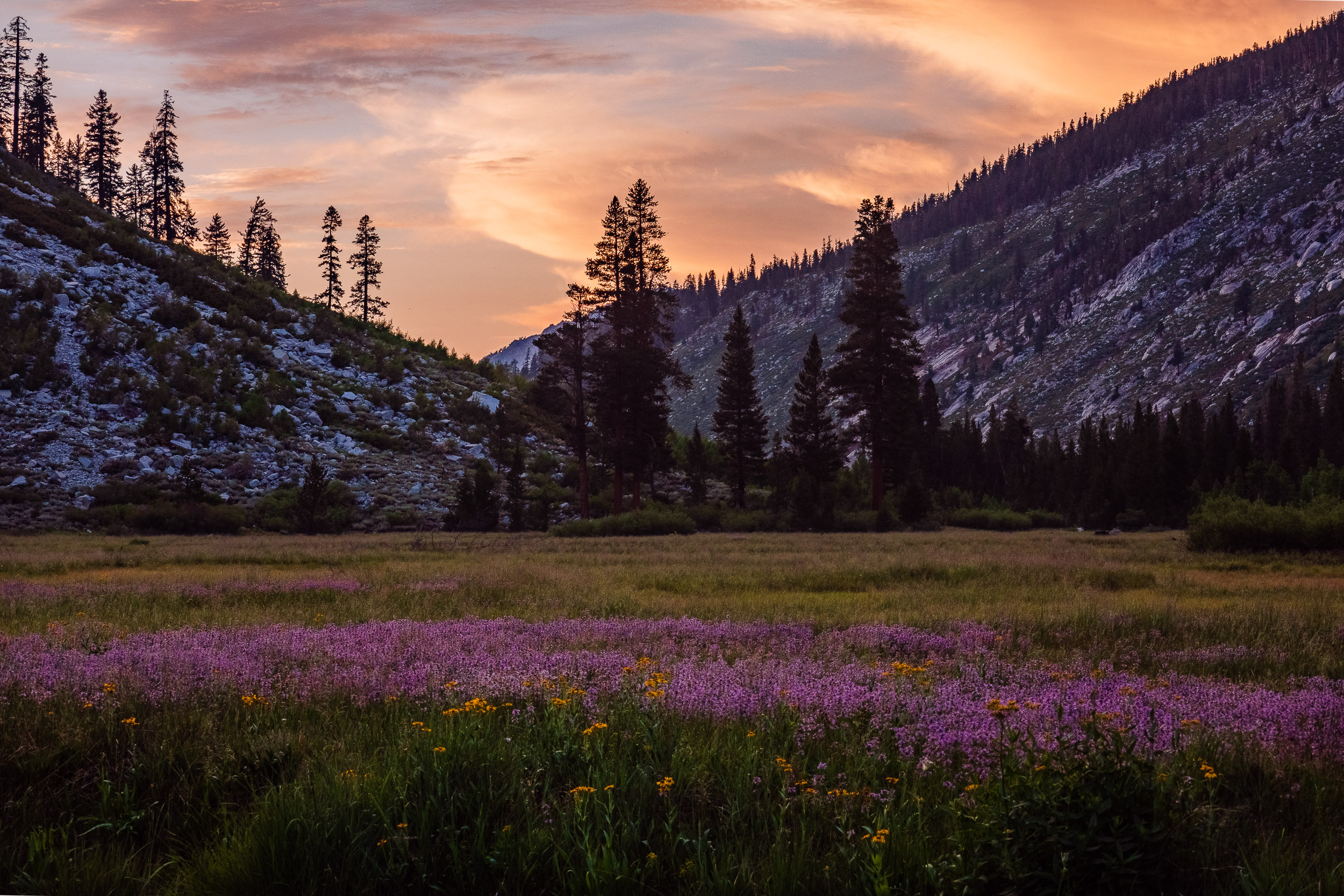
Sony RX100 VI, ISO 125, f/4, 85mm equivalent, 3-shot bracket HDR
Author: Matthew Saville
My name is Matthew Saville and I am an astro-landscape and timelapse photographer based in Southern California. I have been exploring the American West with family and friends my whole life, and have been serious about wilderness adventures and astro-landscape photography since 2005.
-
Sebastien
-
Guillem Guinjoan
-
Julia
-
Ray Henderson
-
Stephen Kundell
-
Andres Mayr
-
Randy Preising
-
Trey Mortensen
-
konstantinos
-
meyerkev
-
Dennis Minnick
